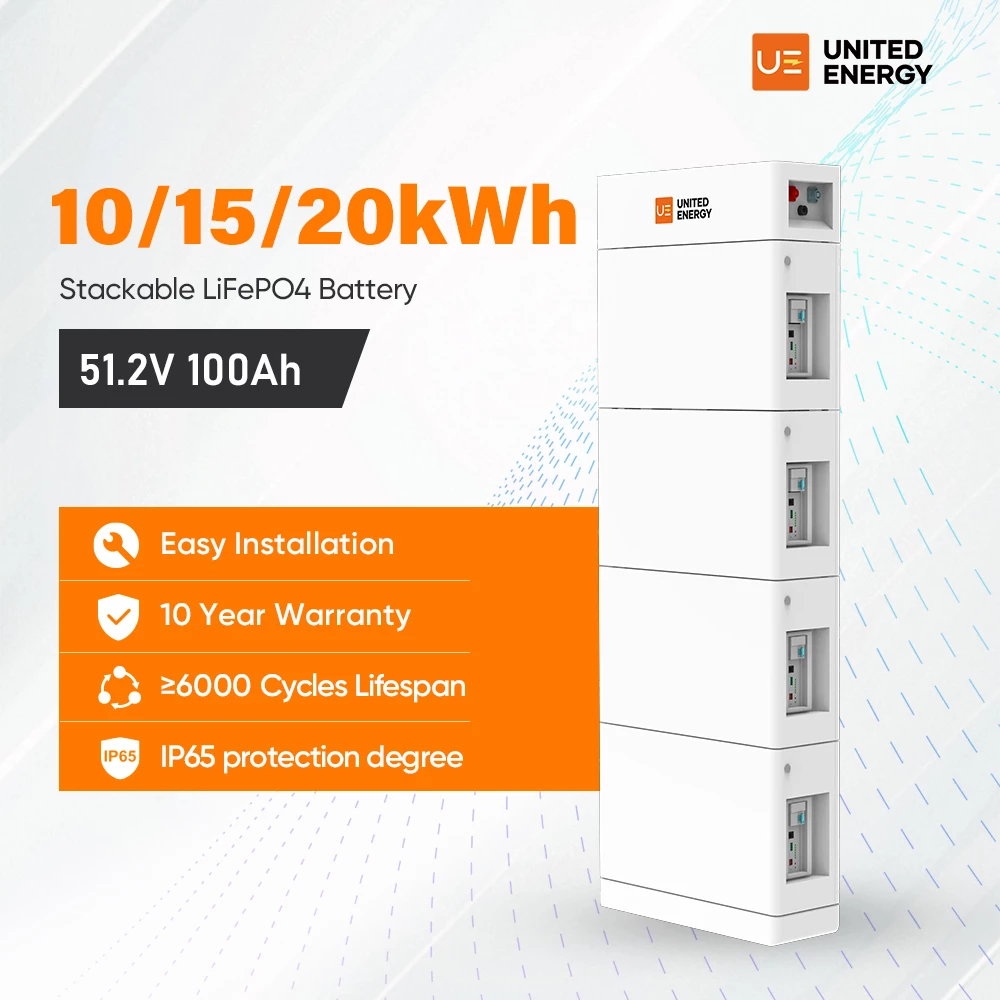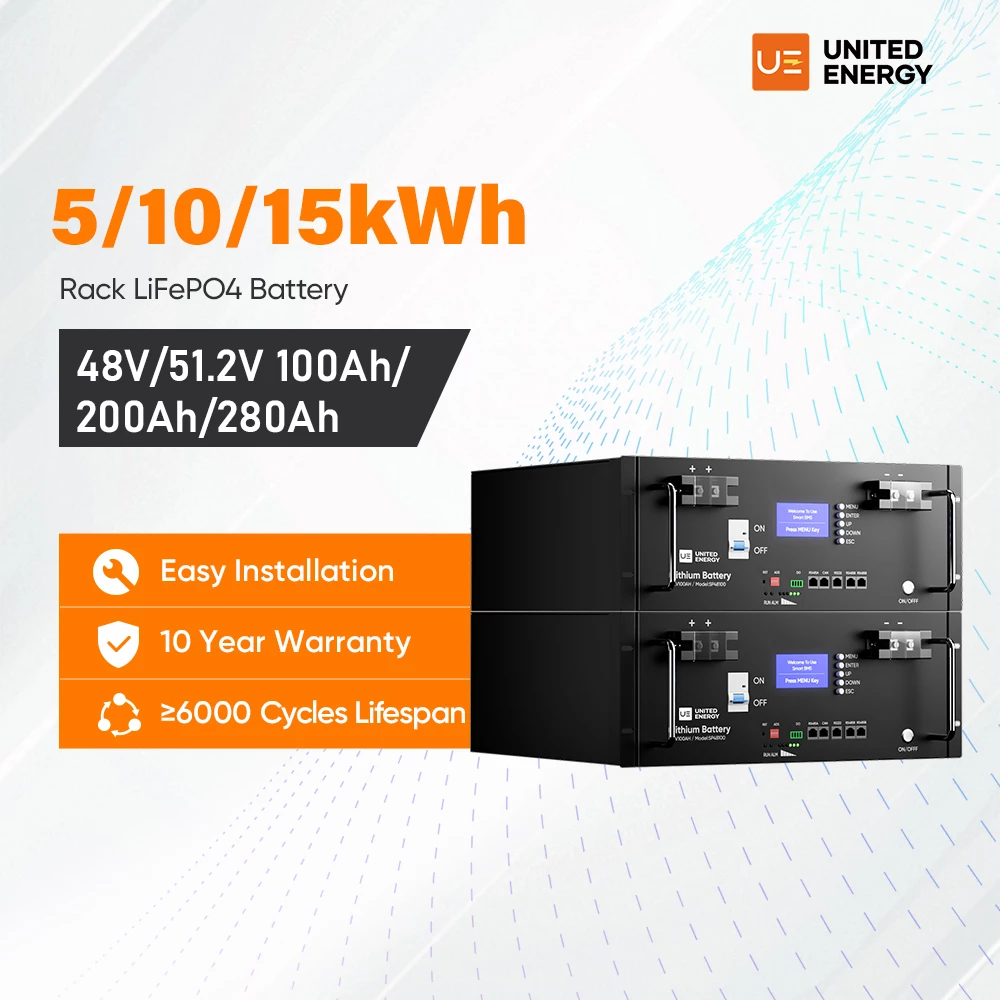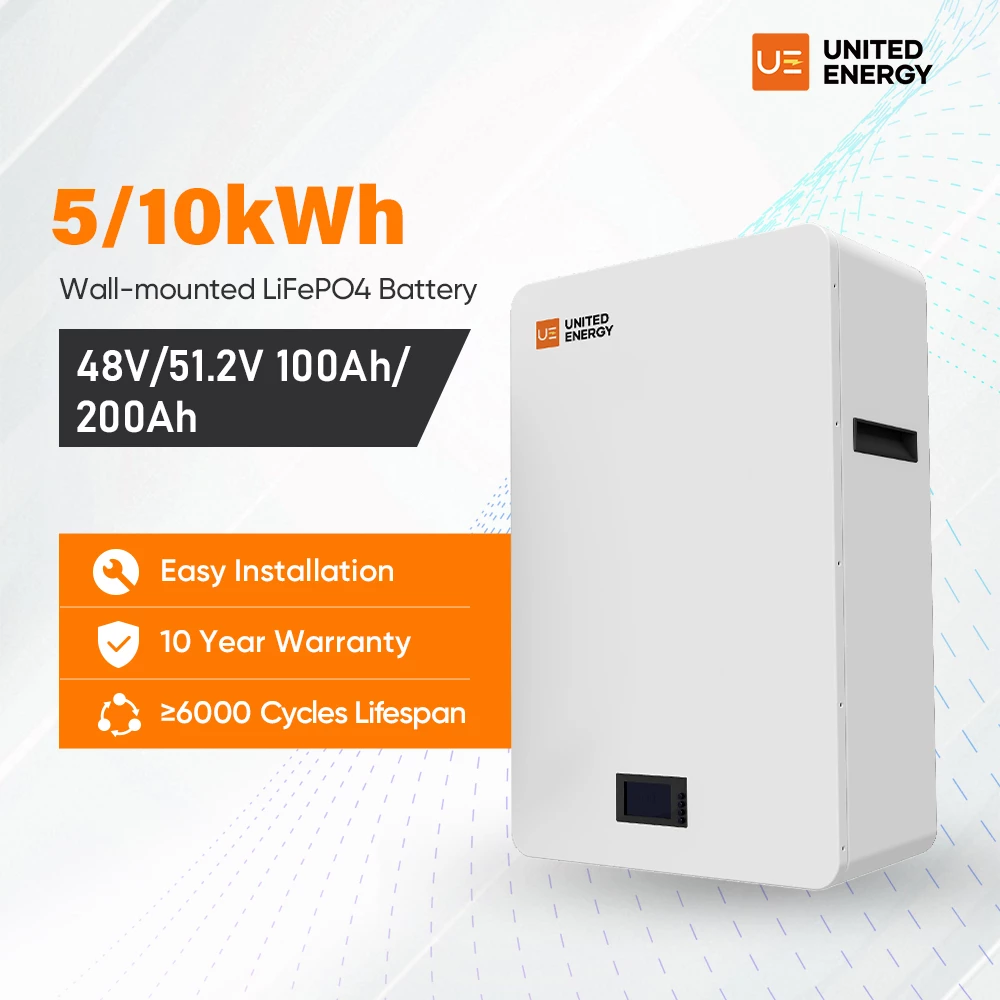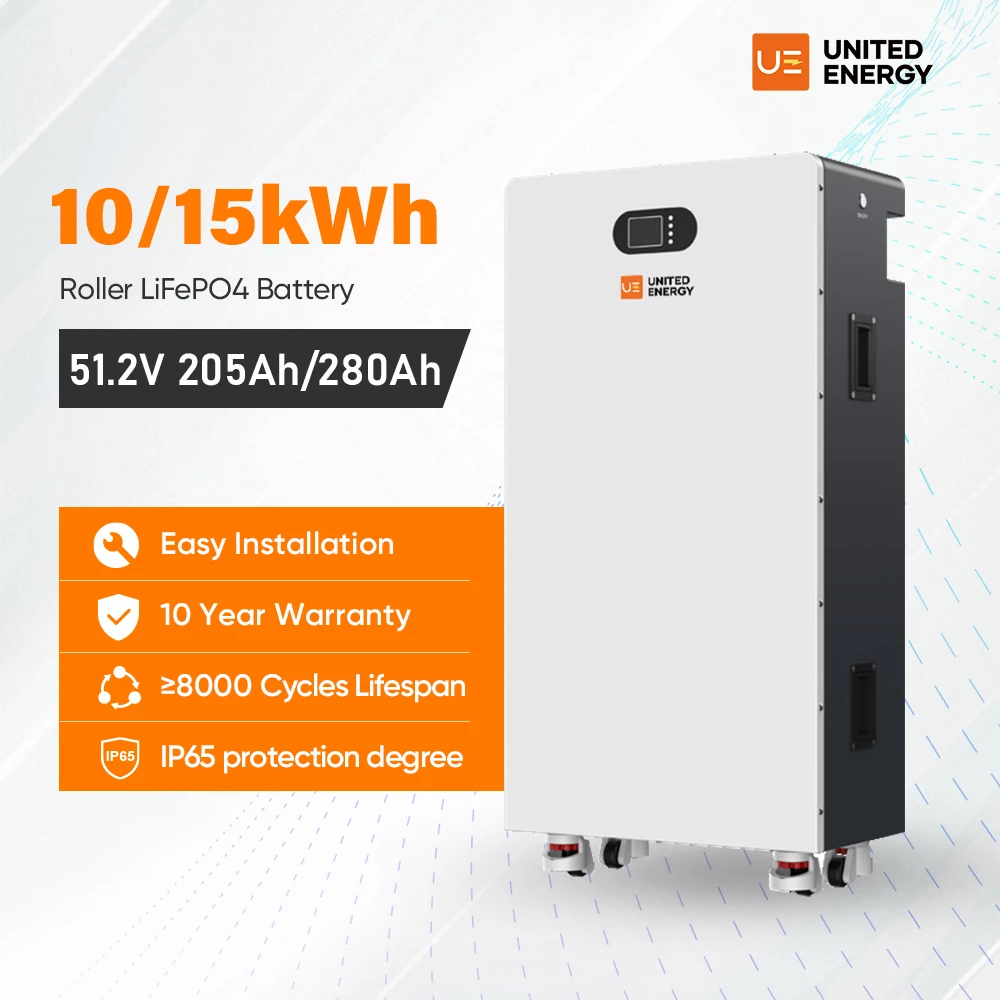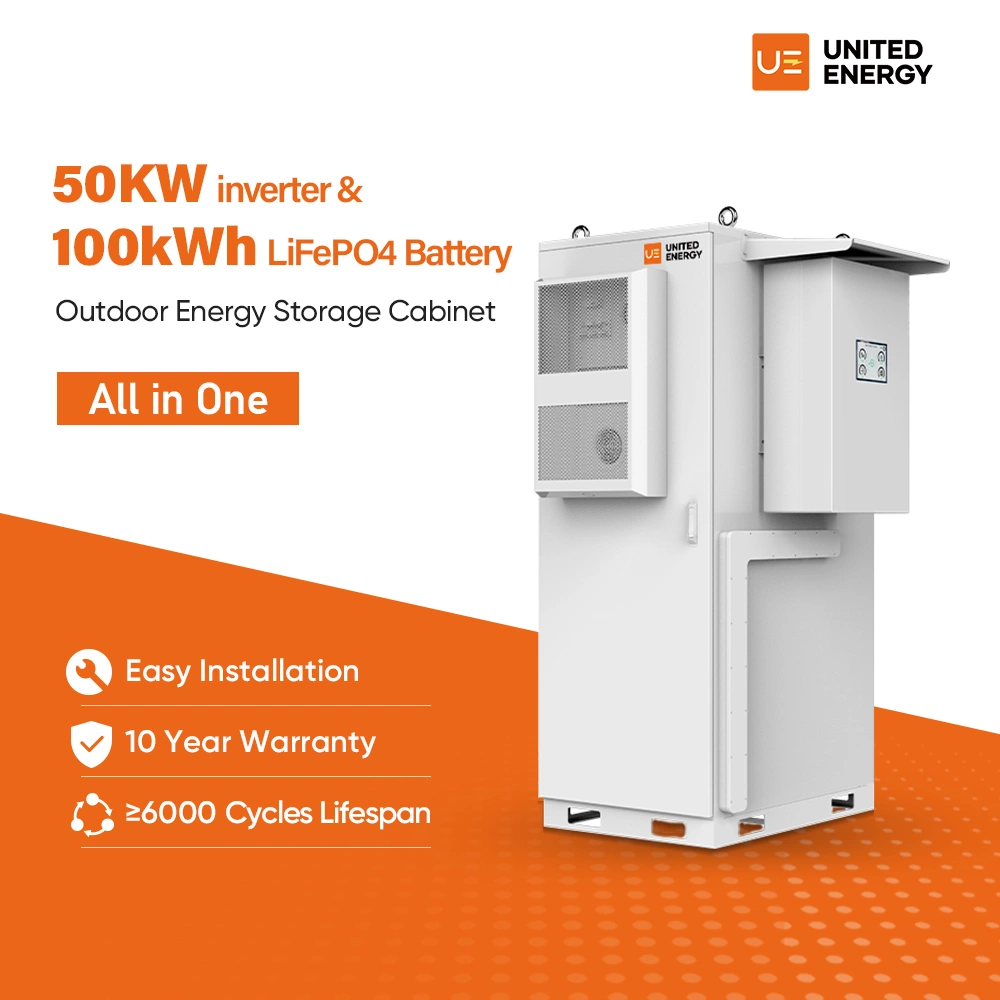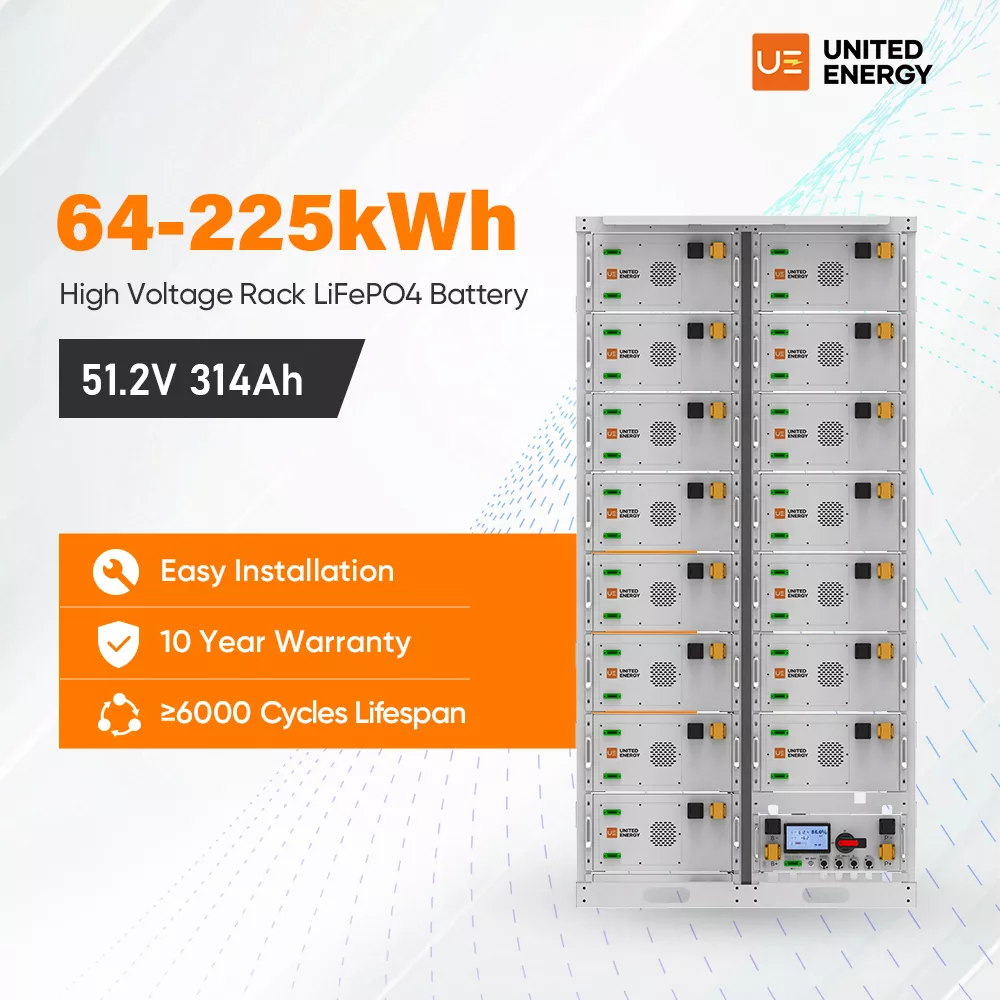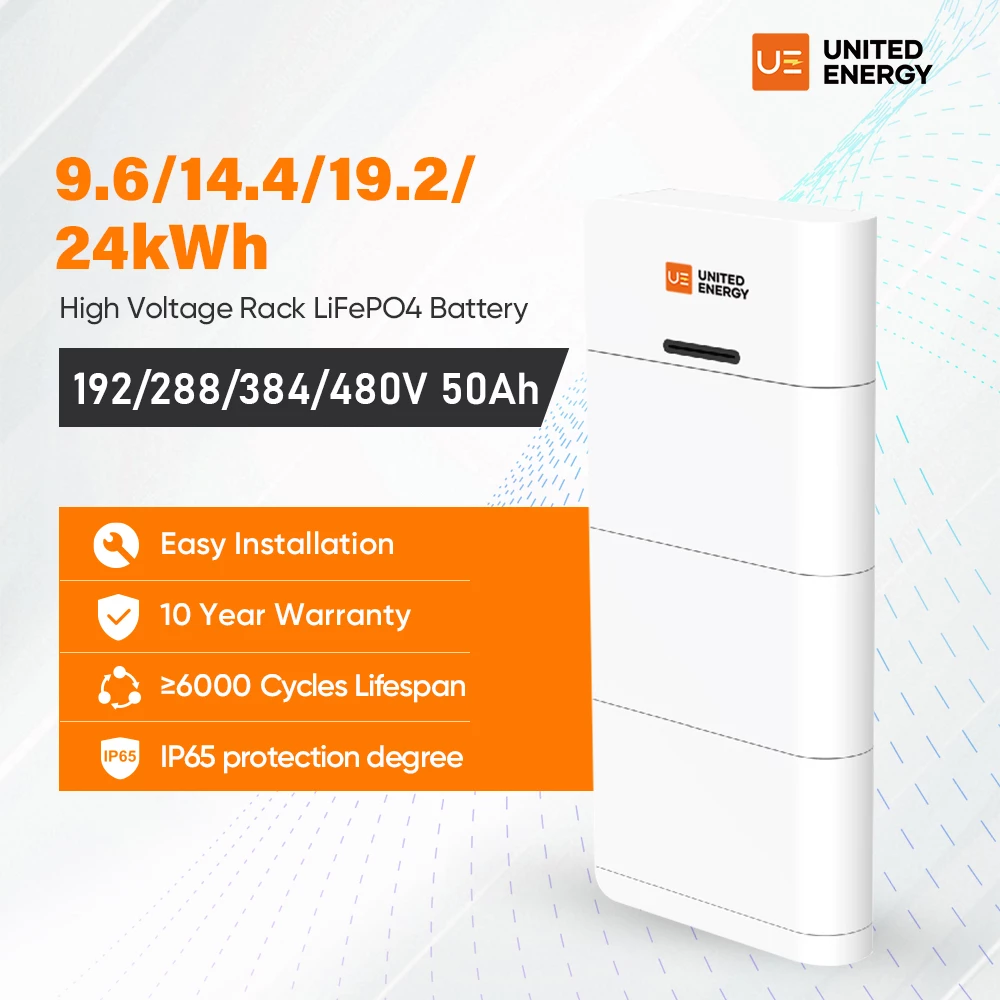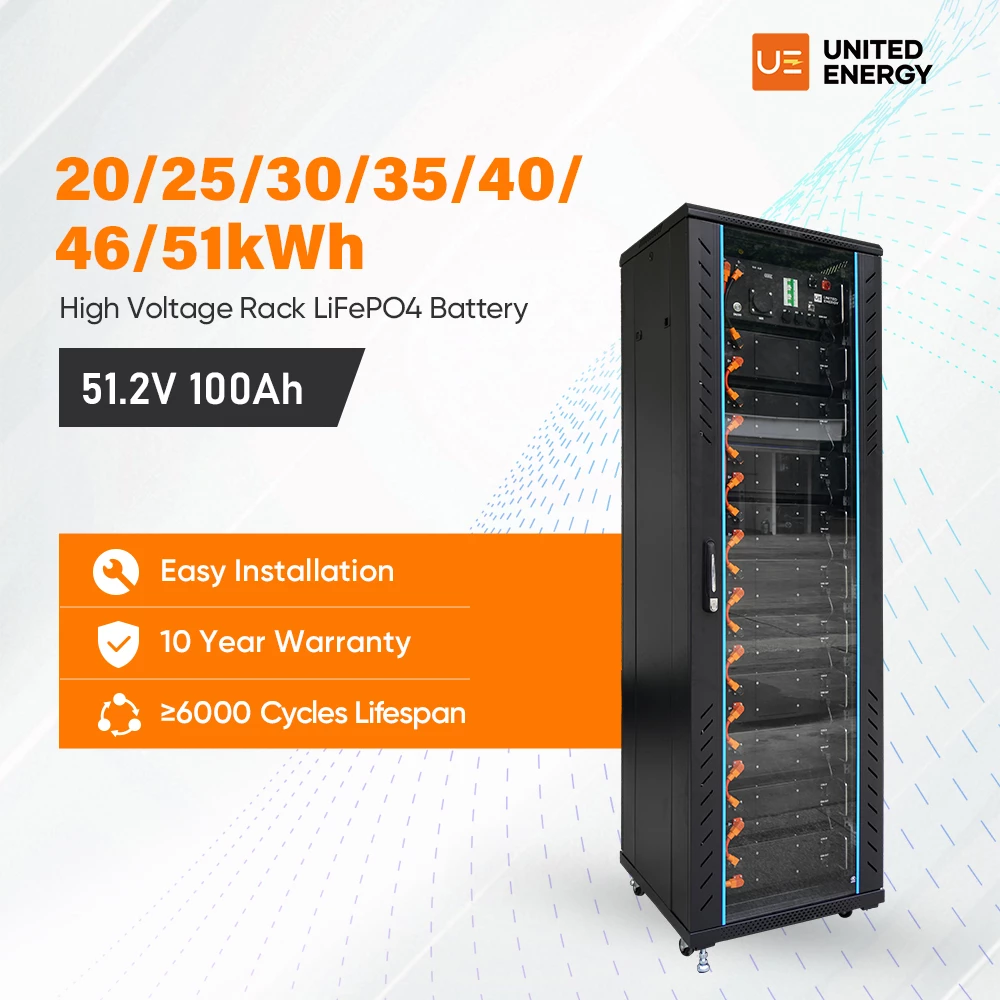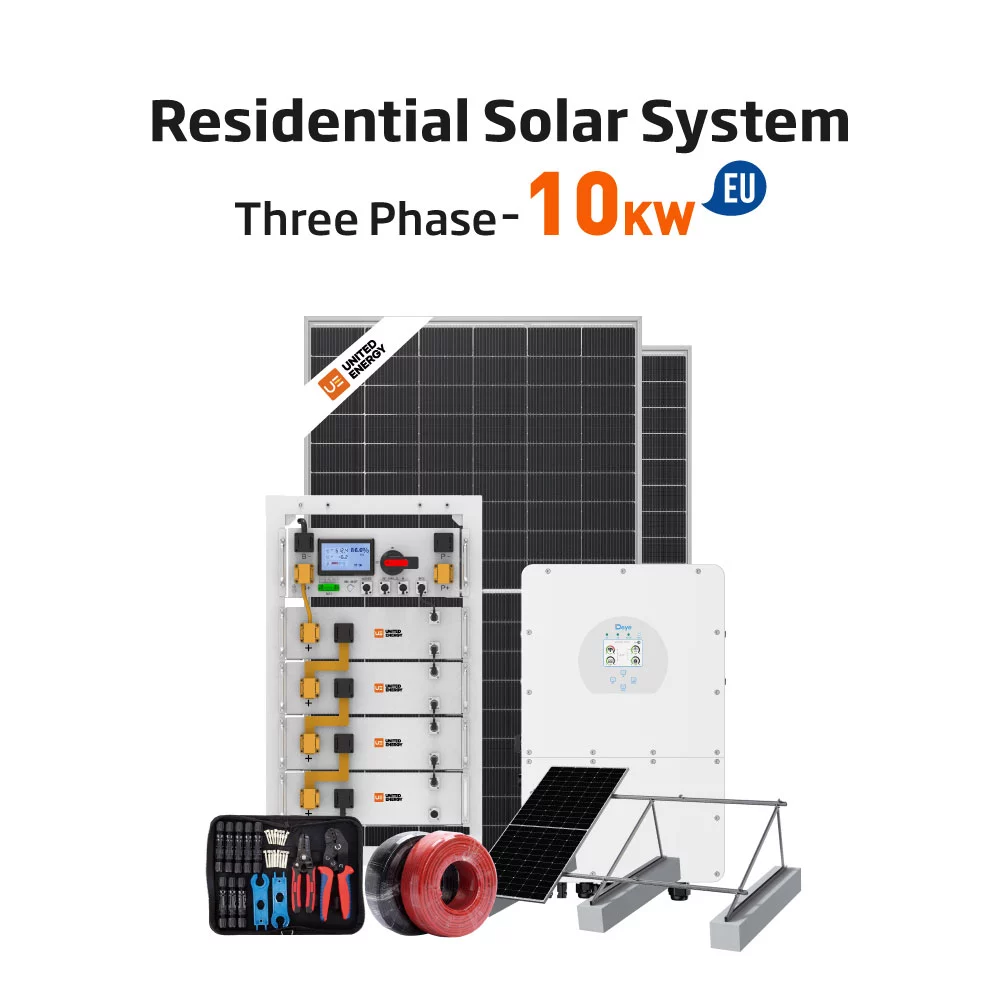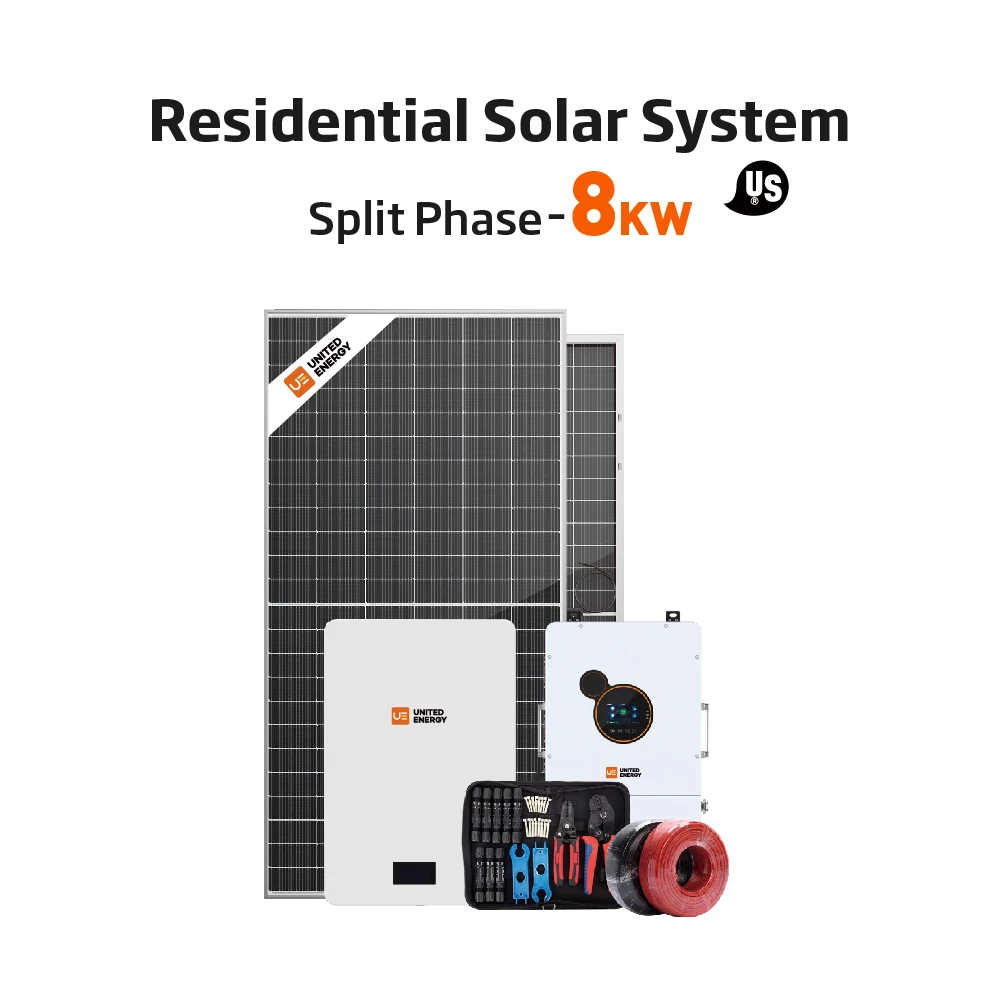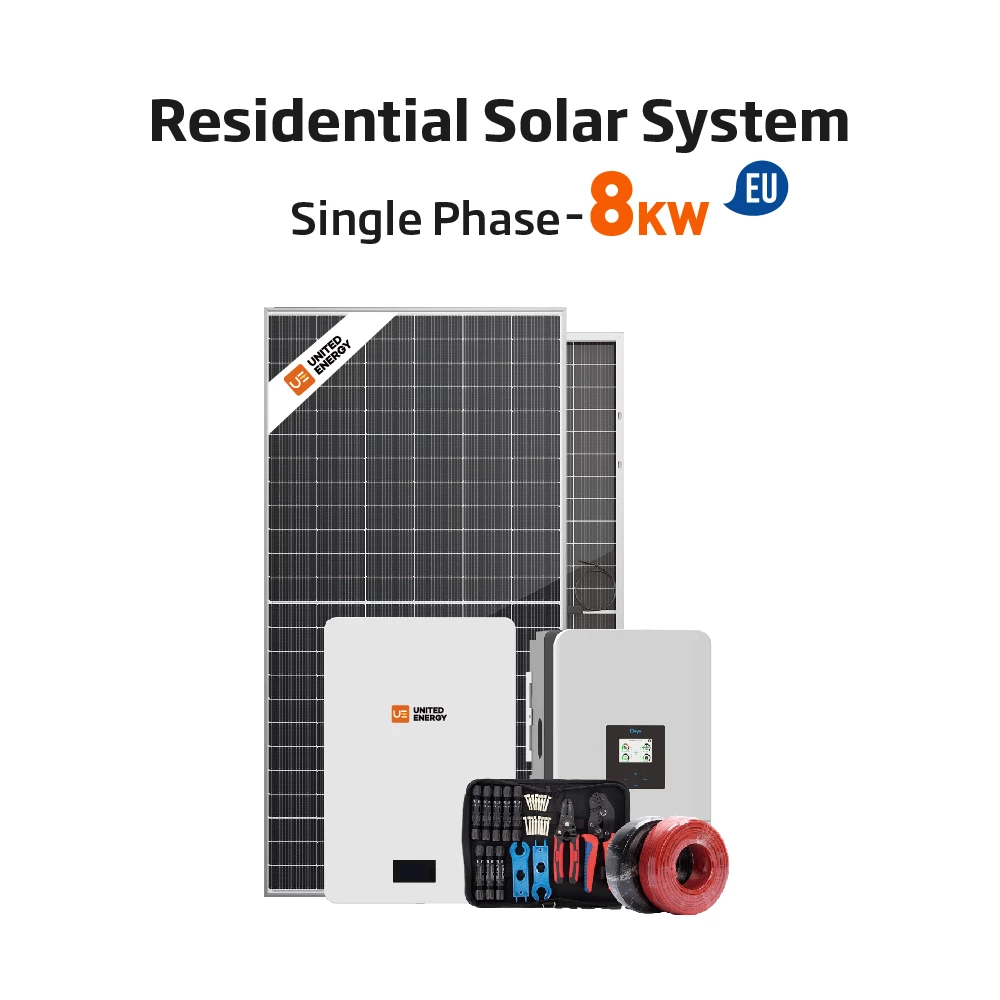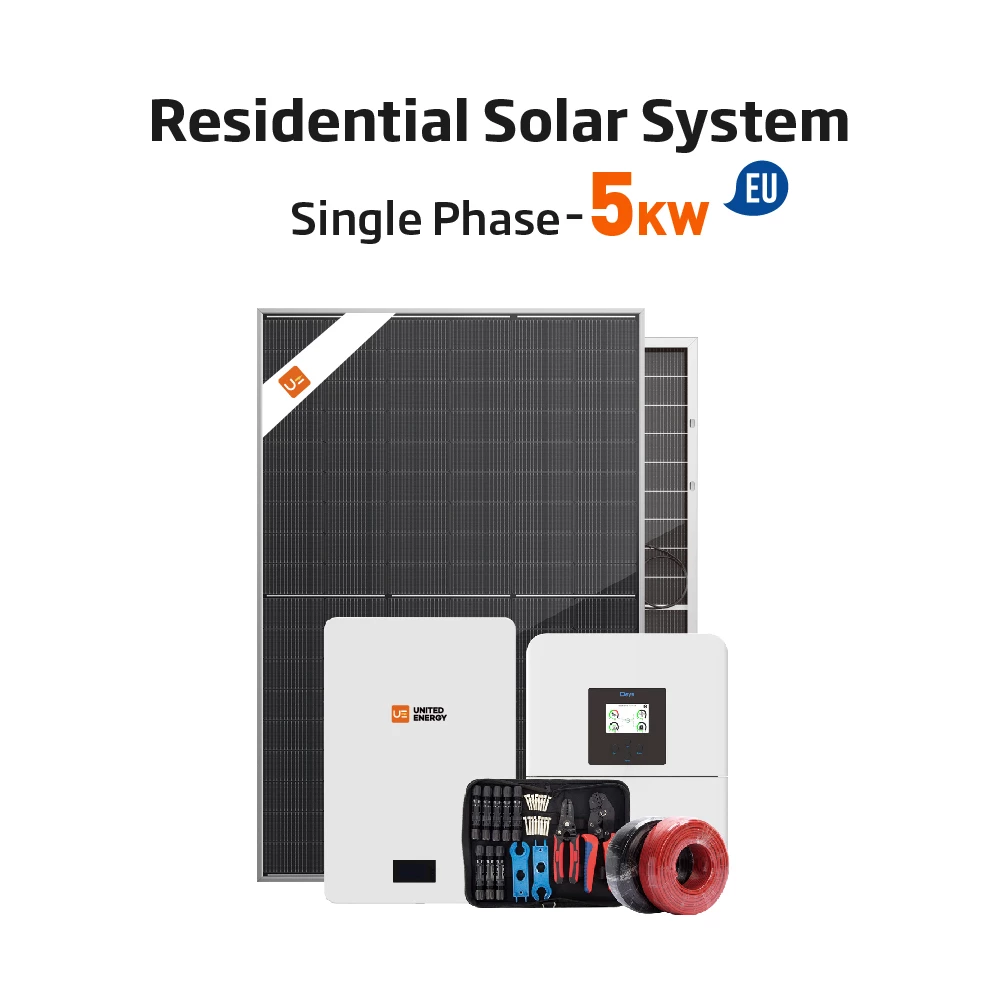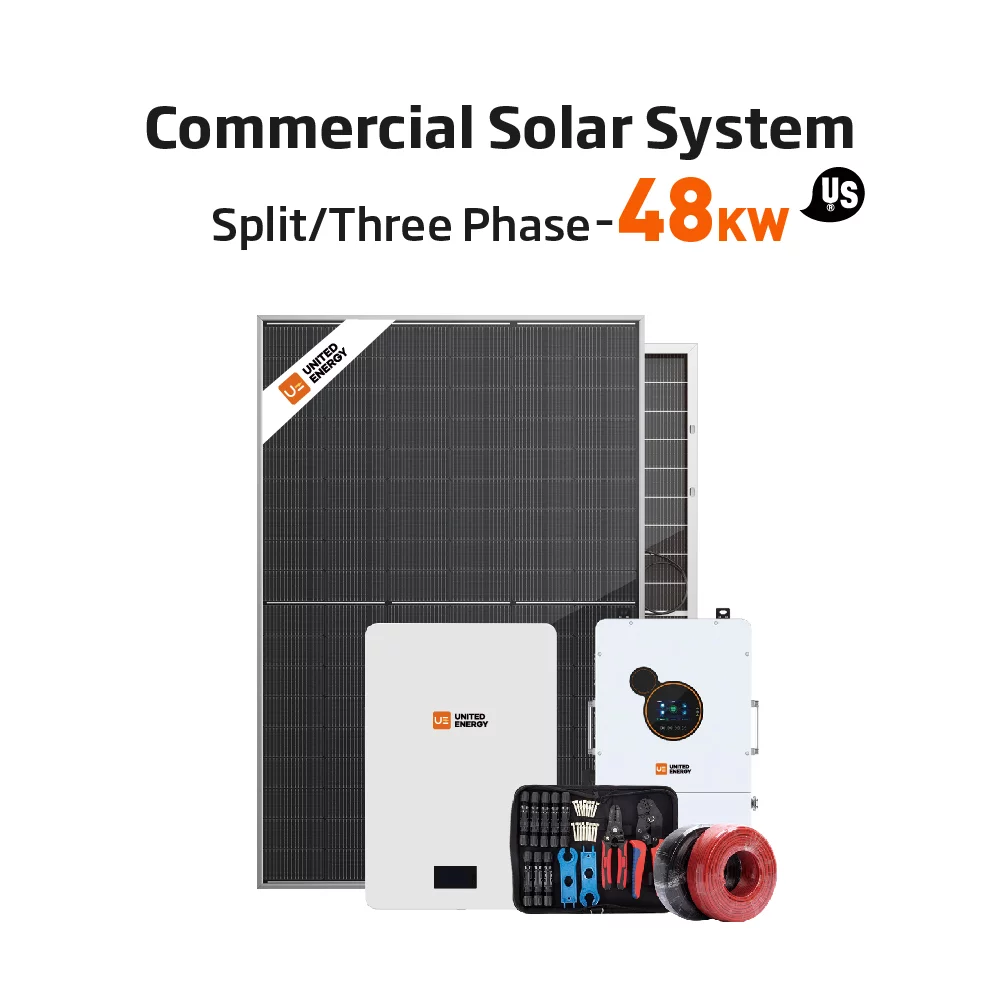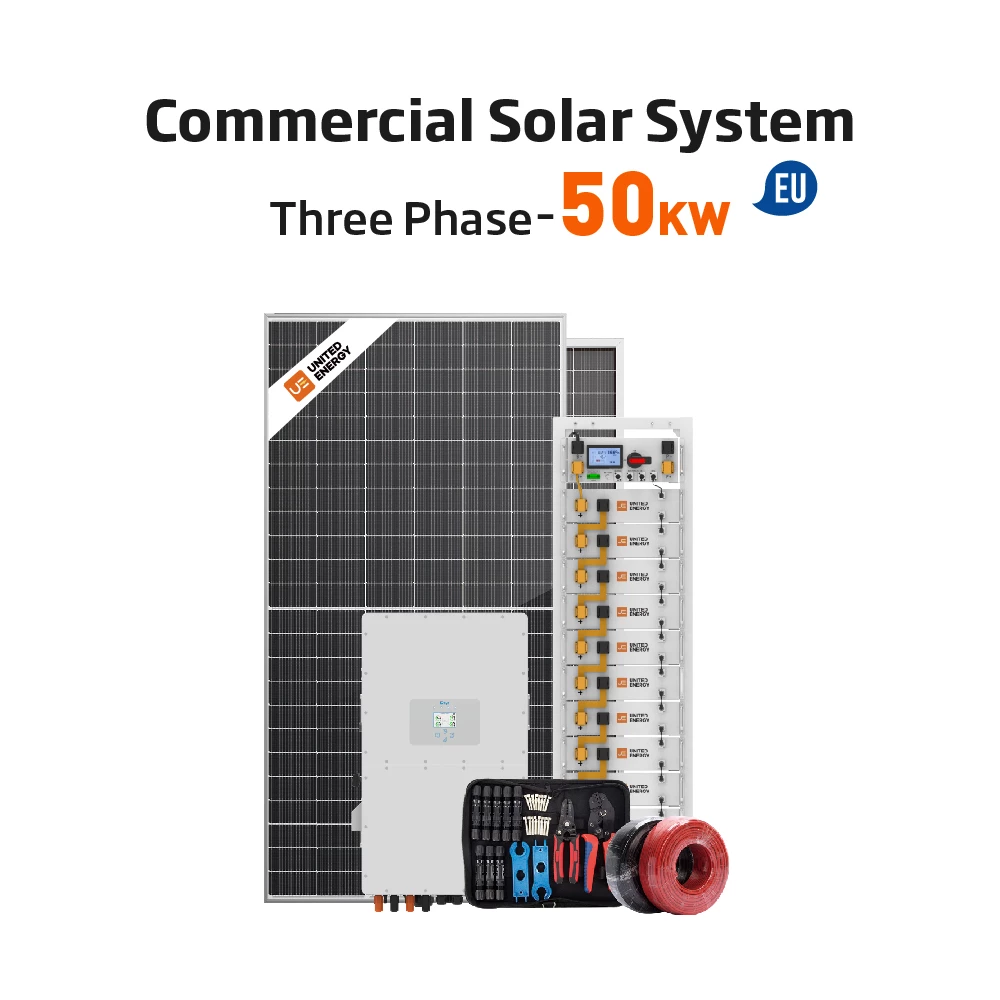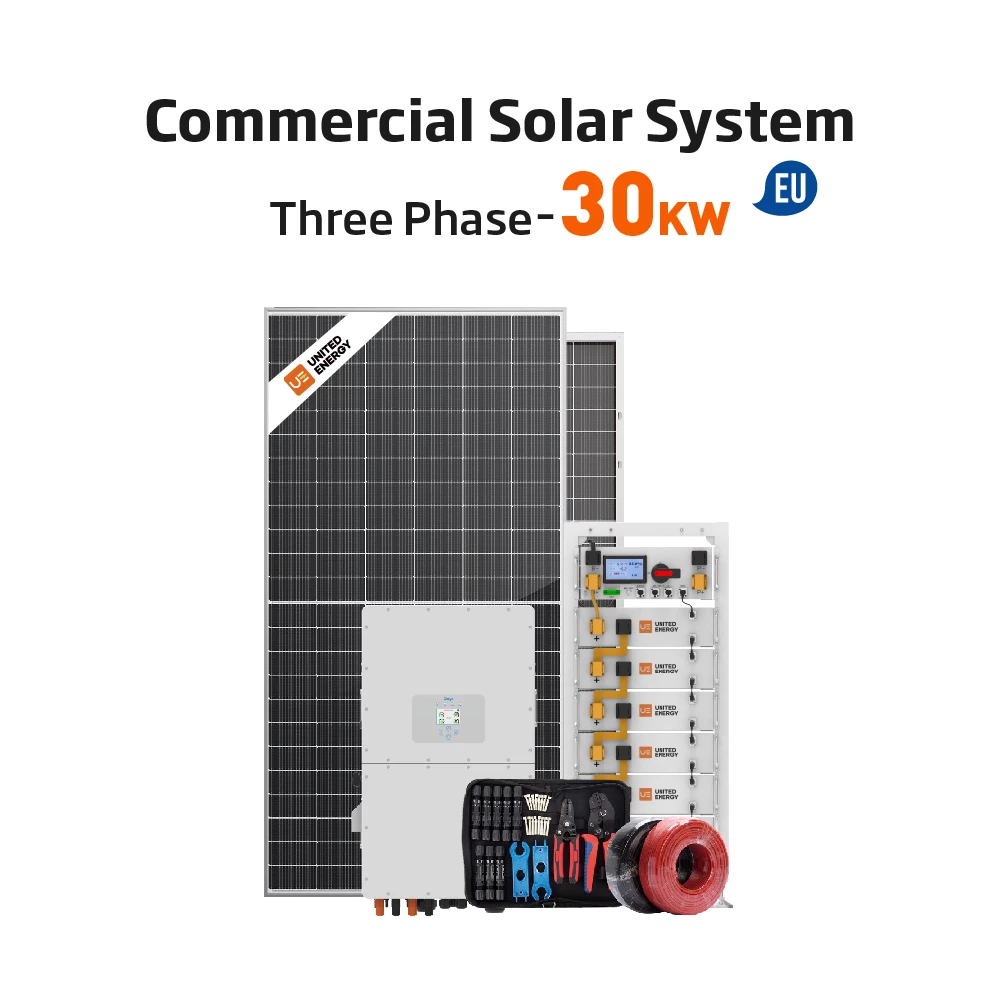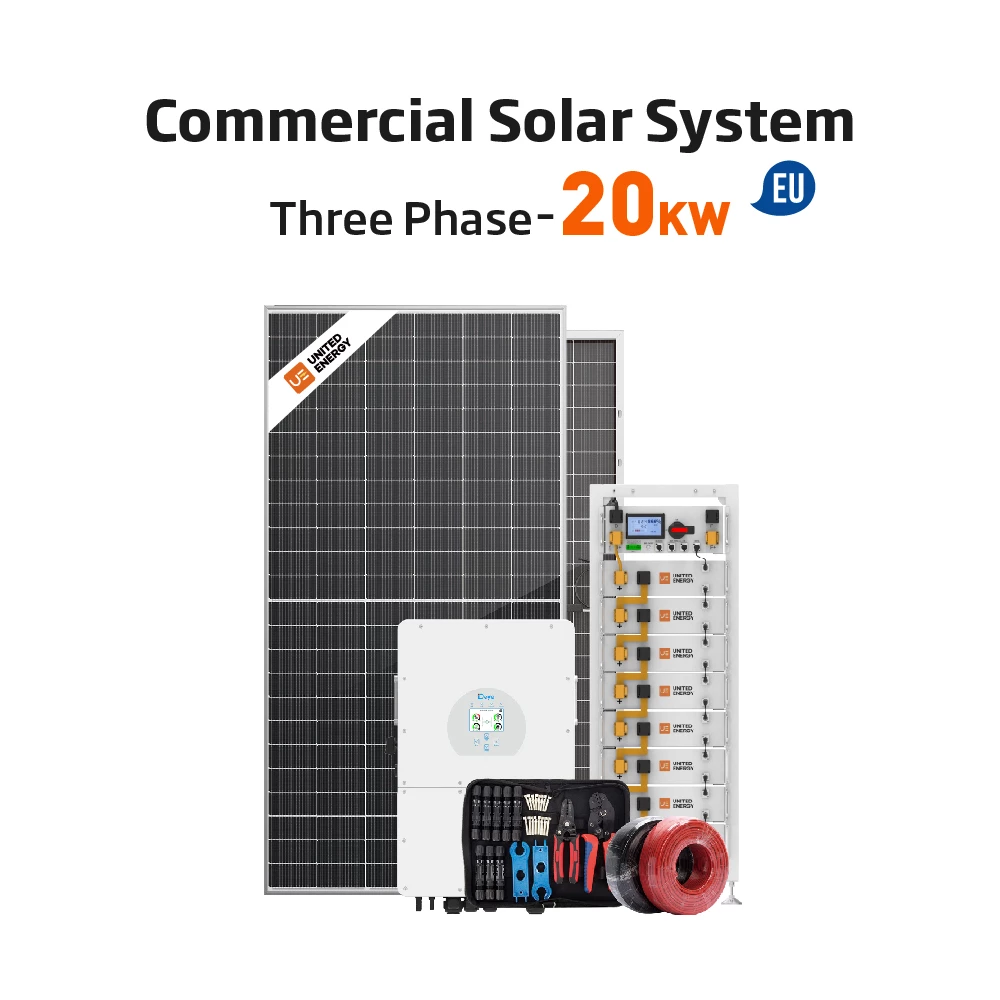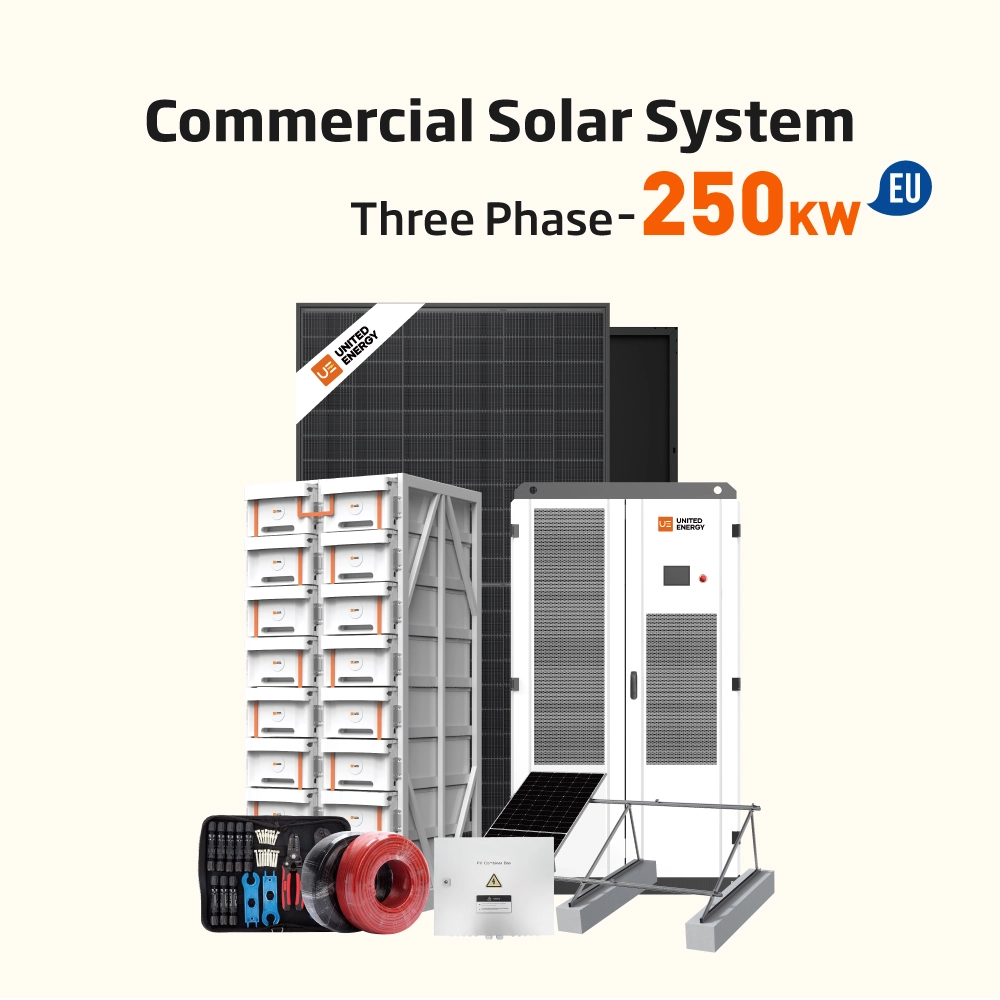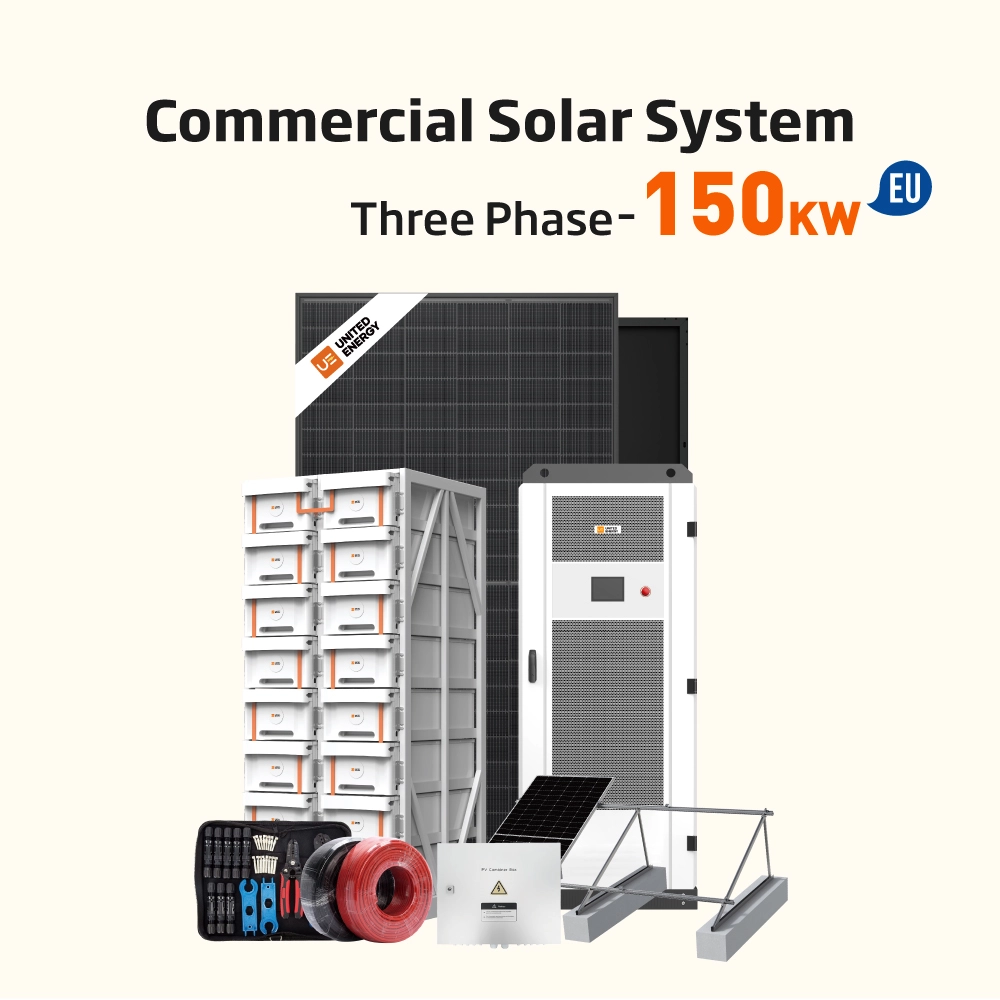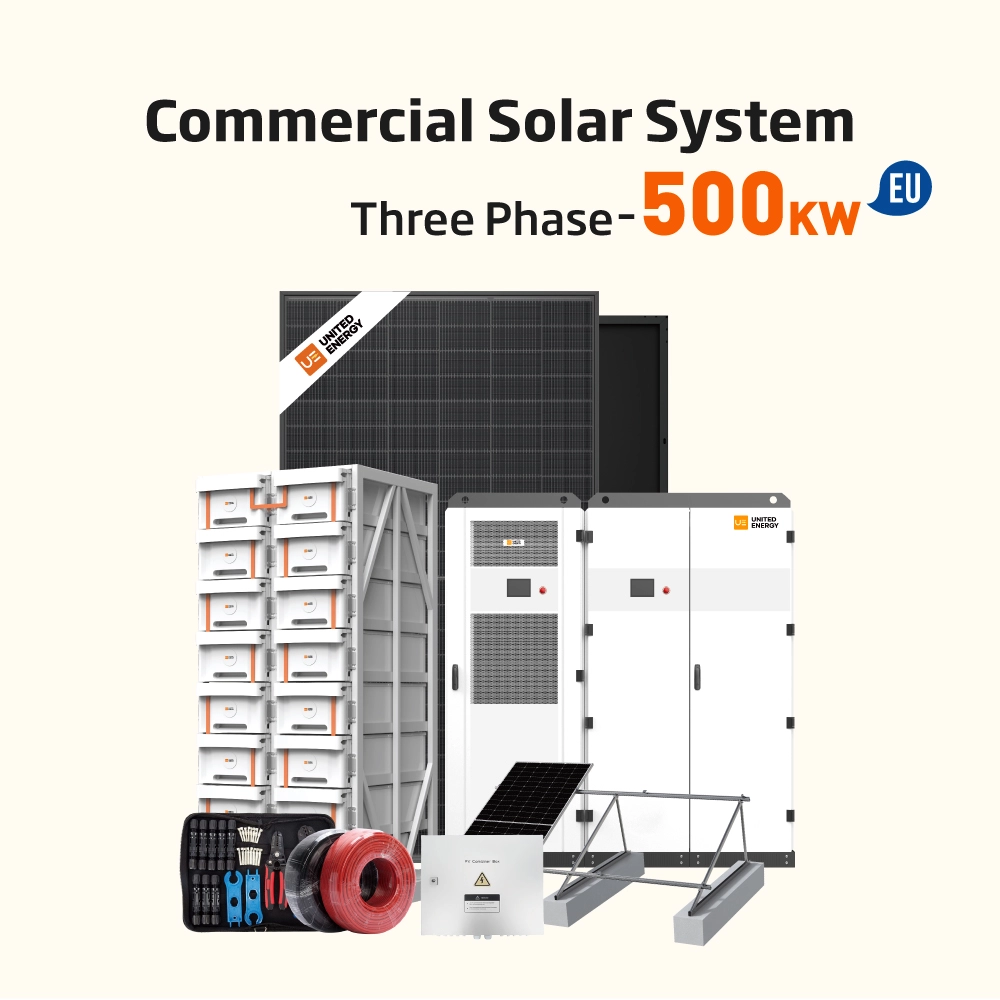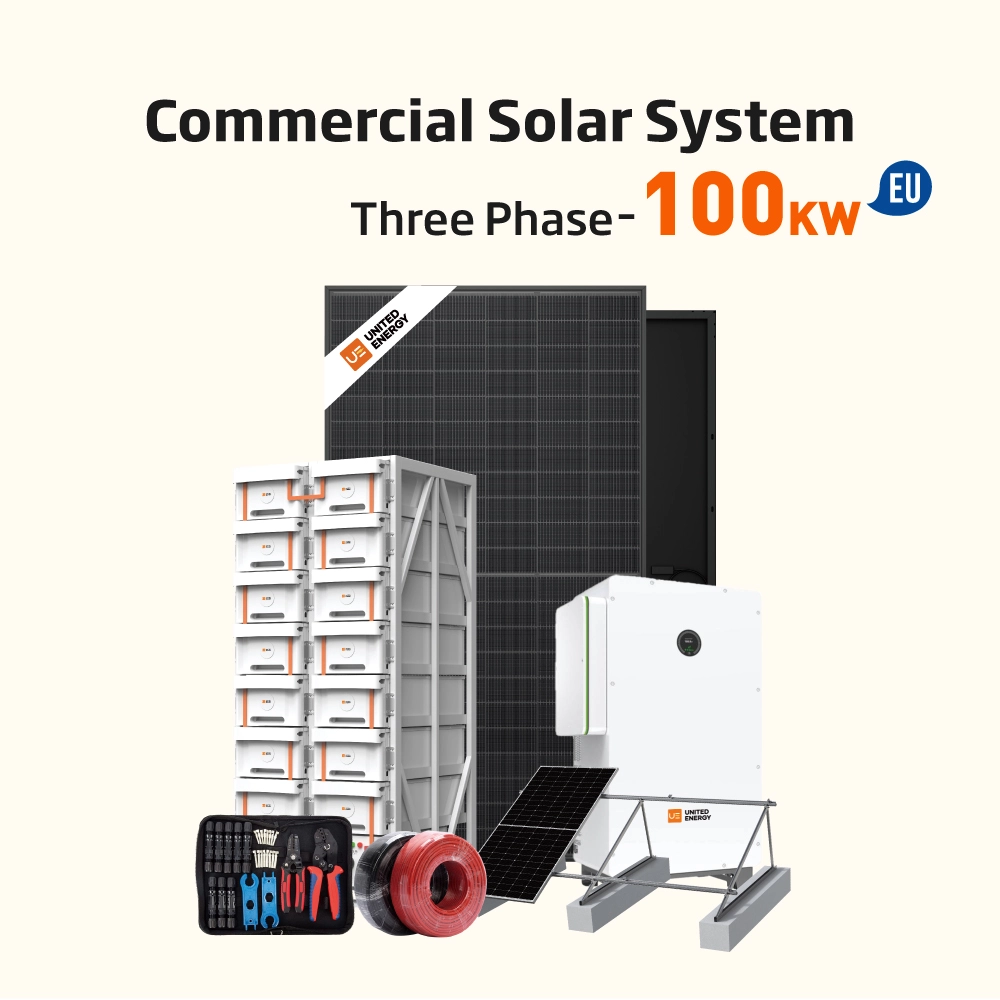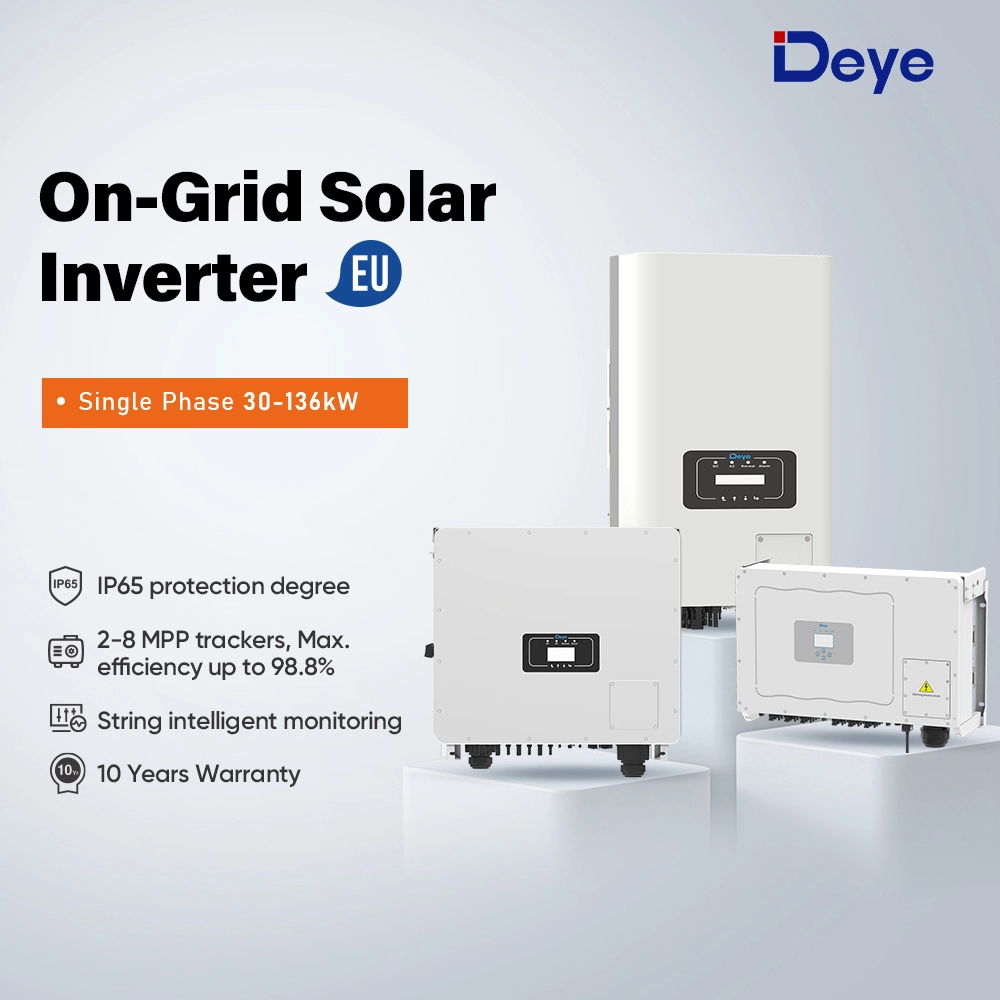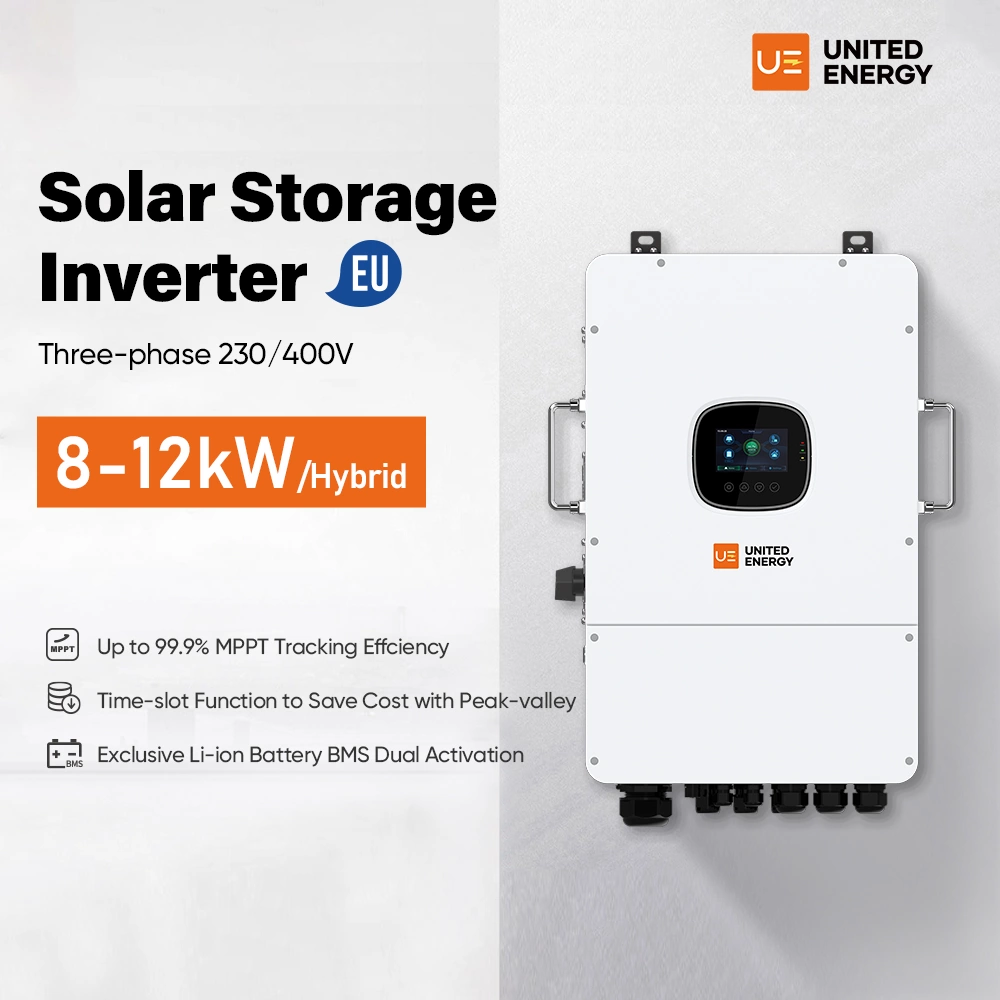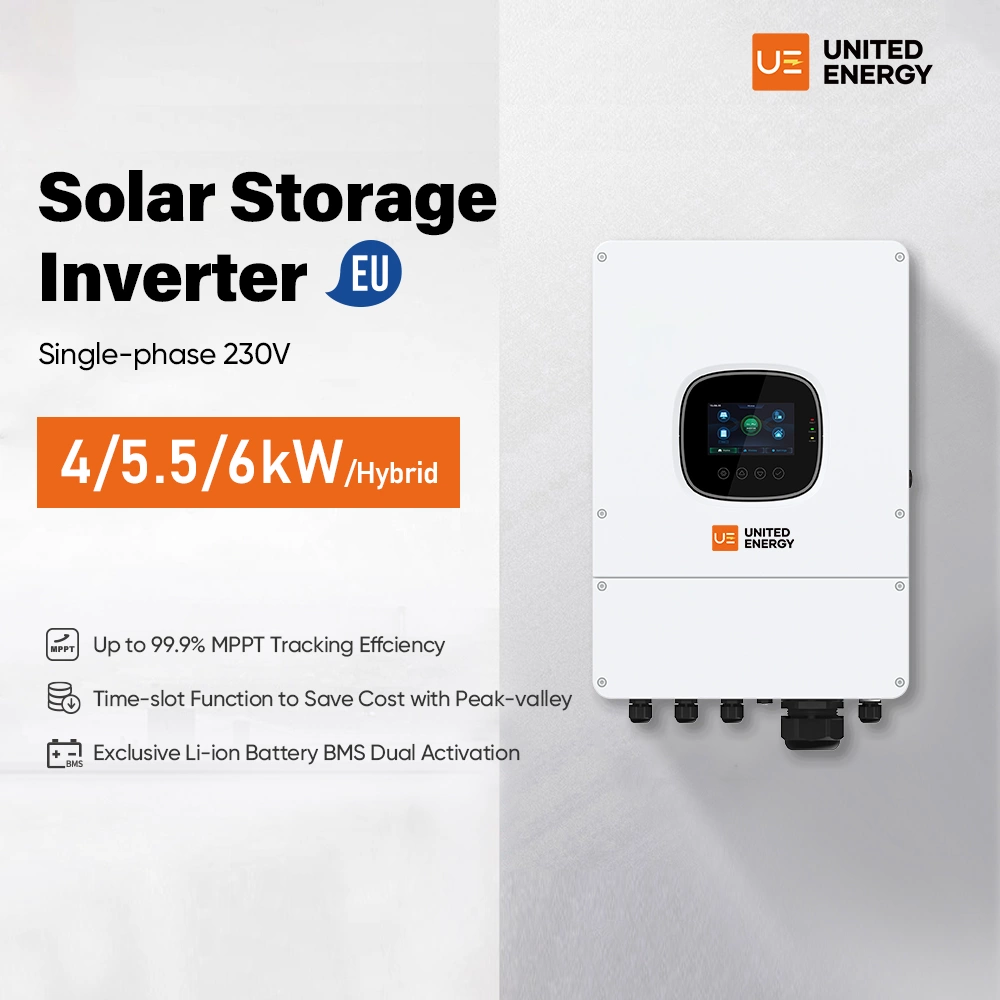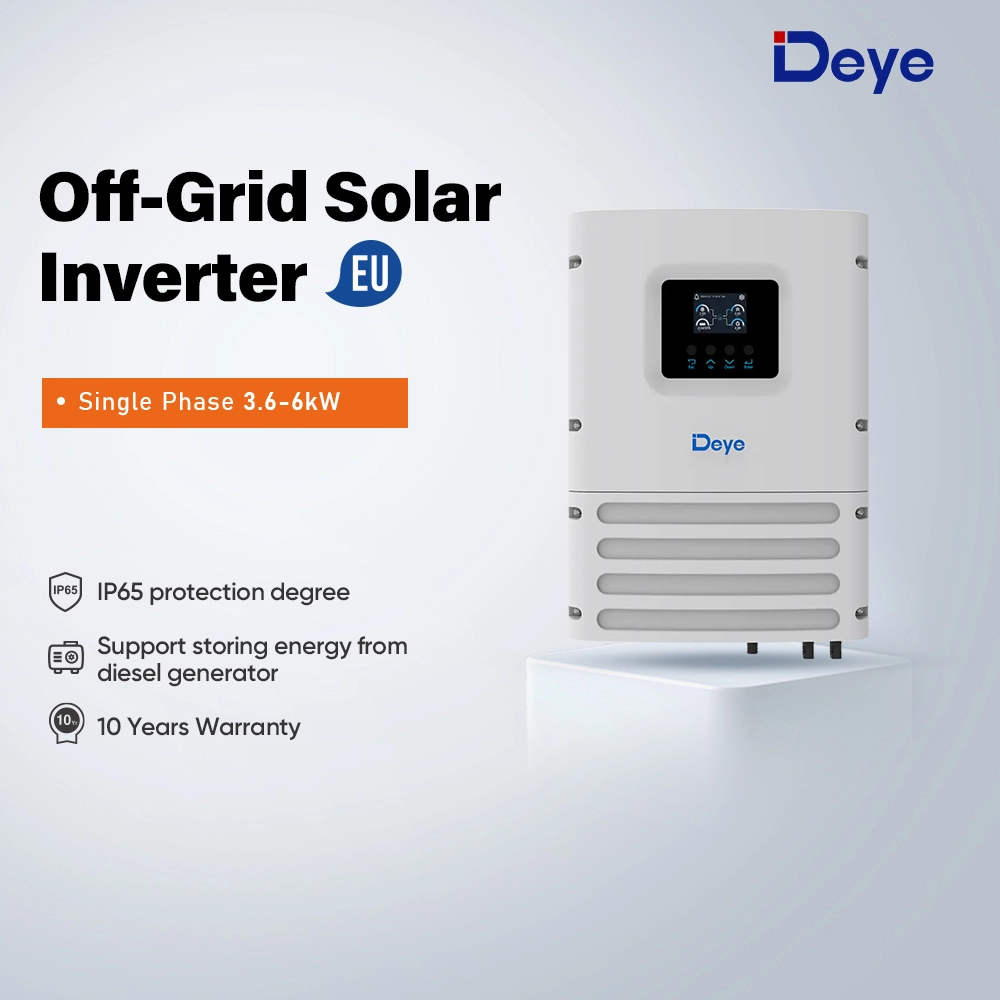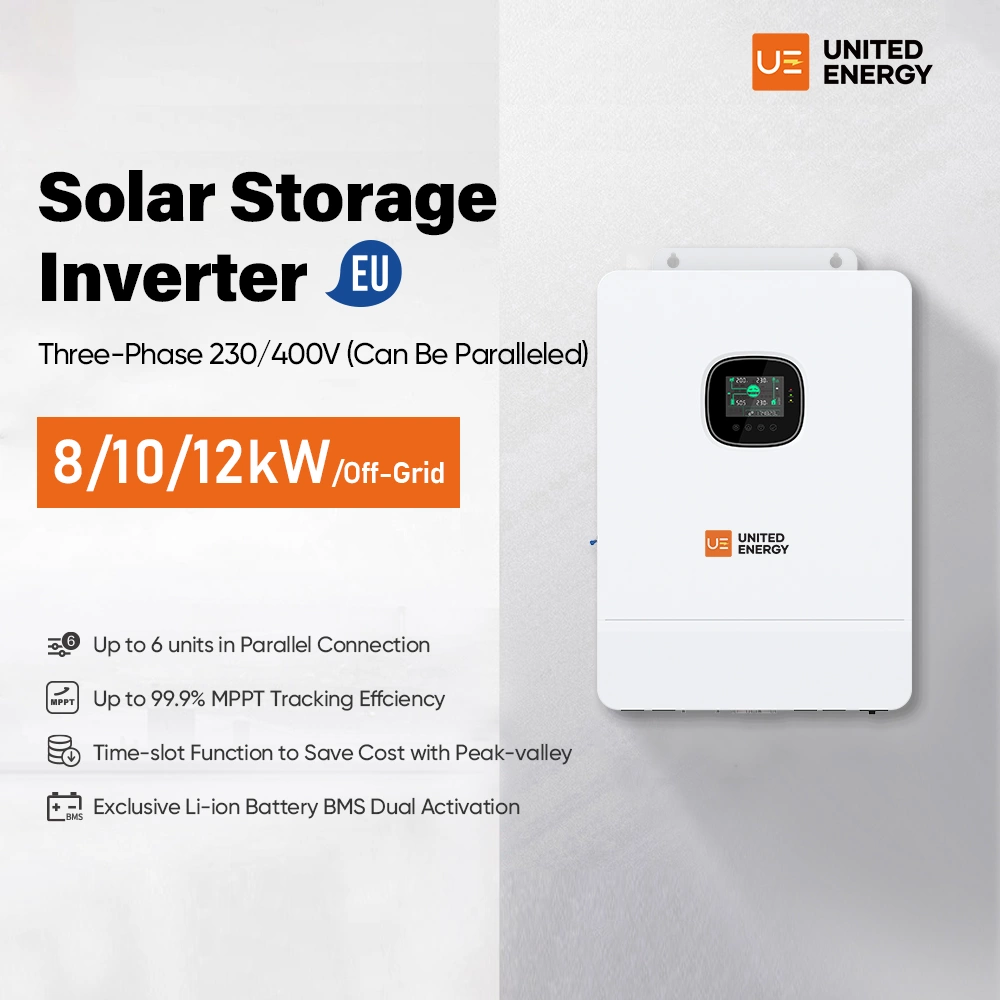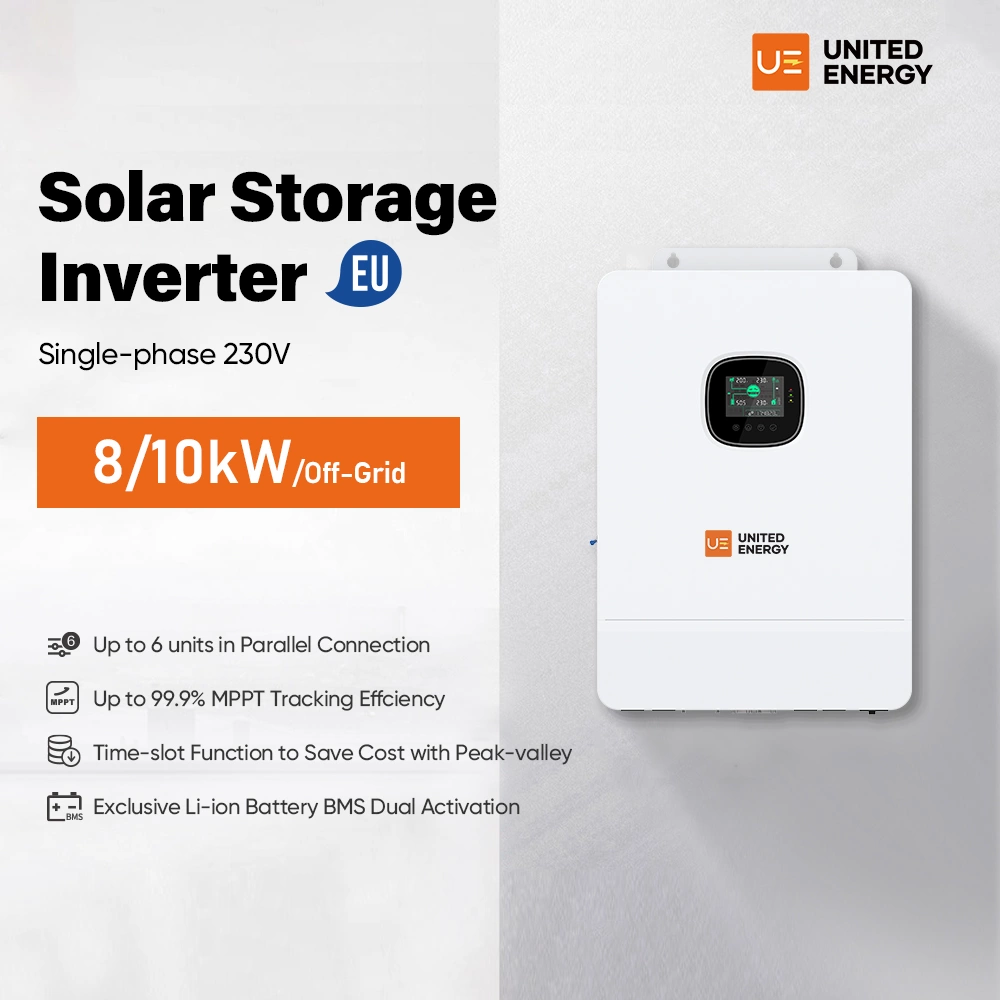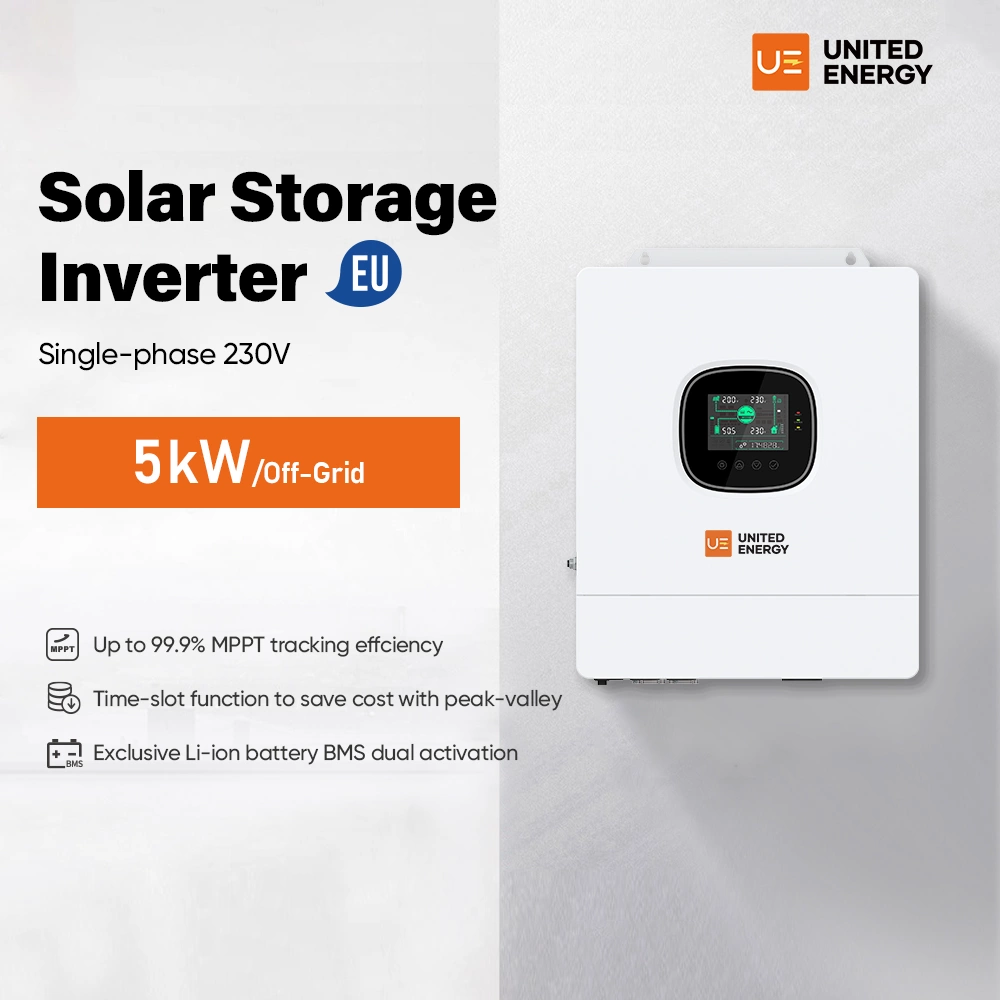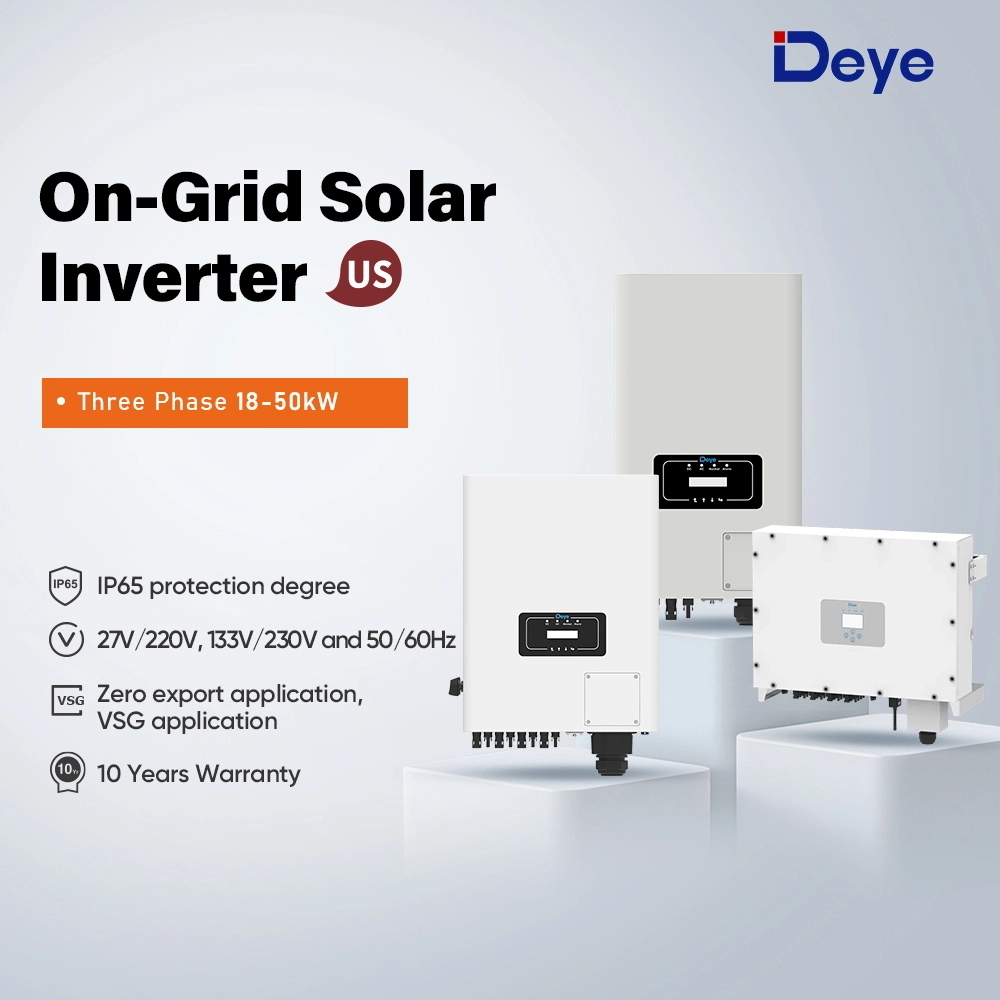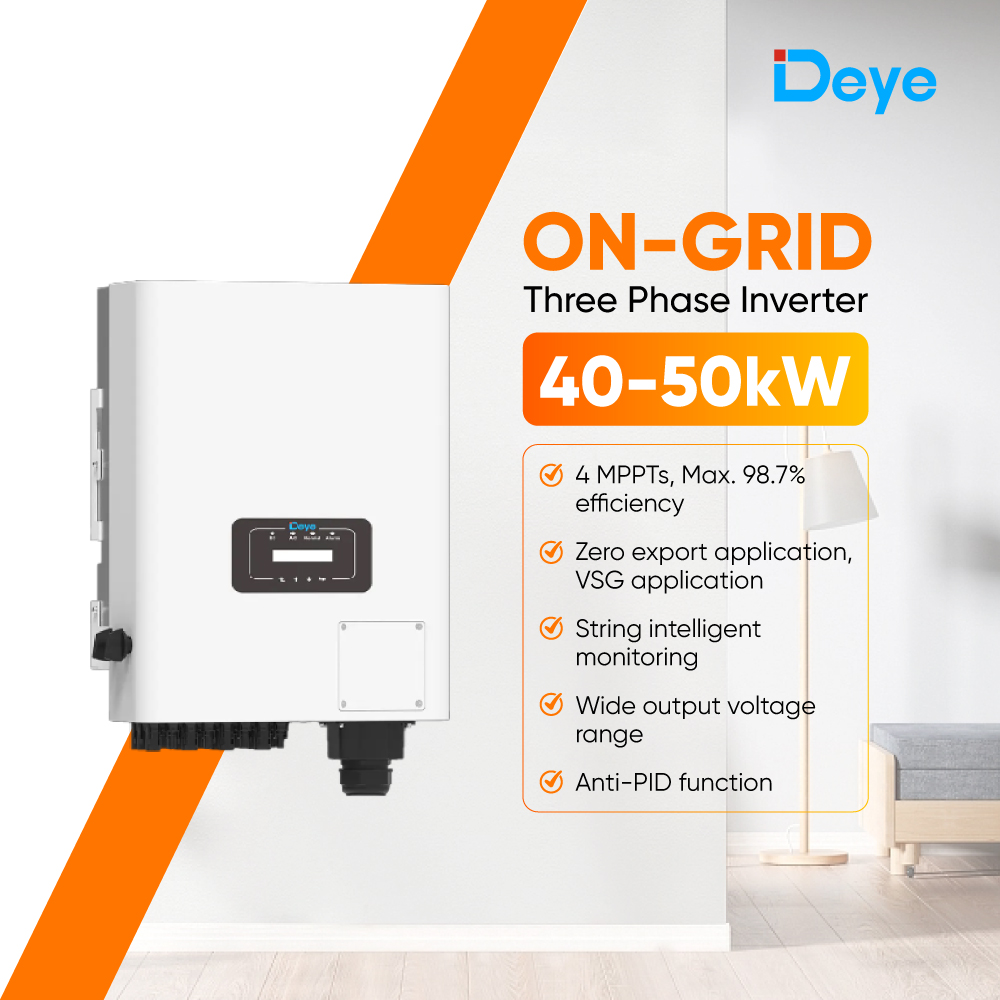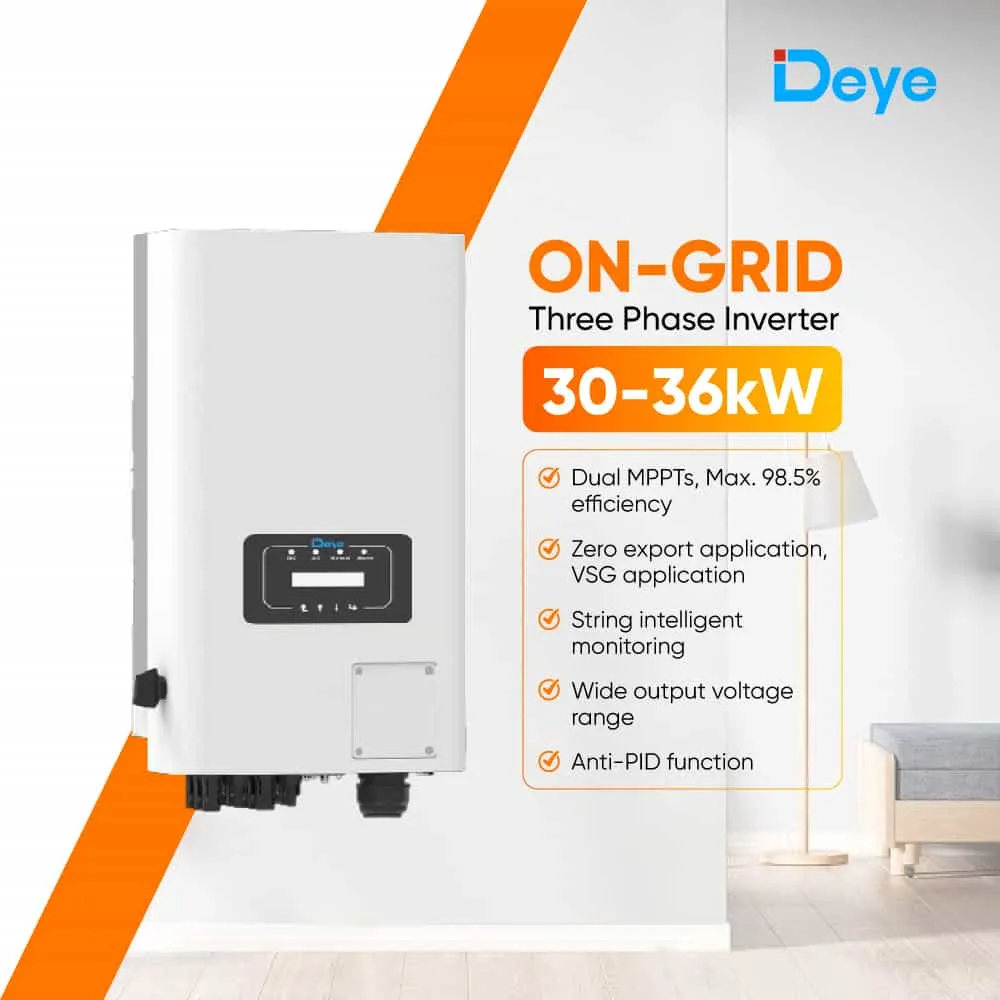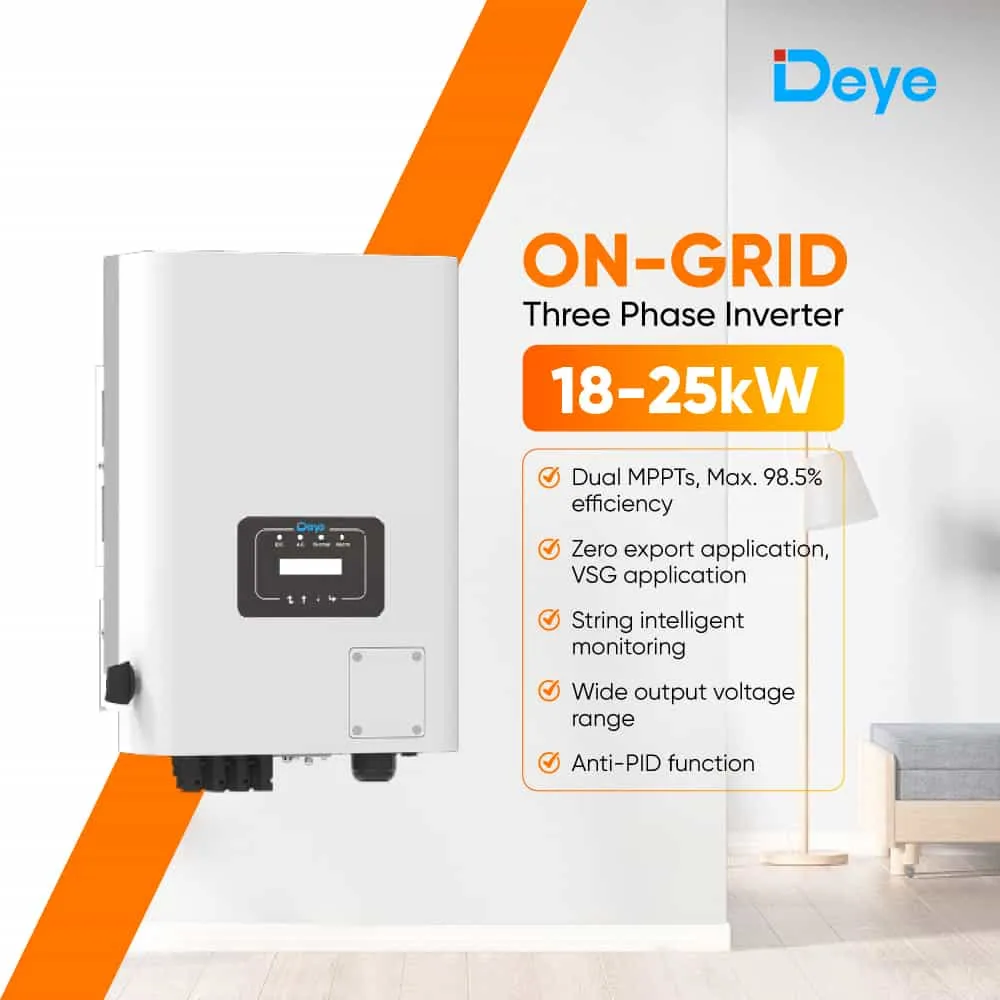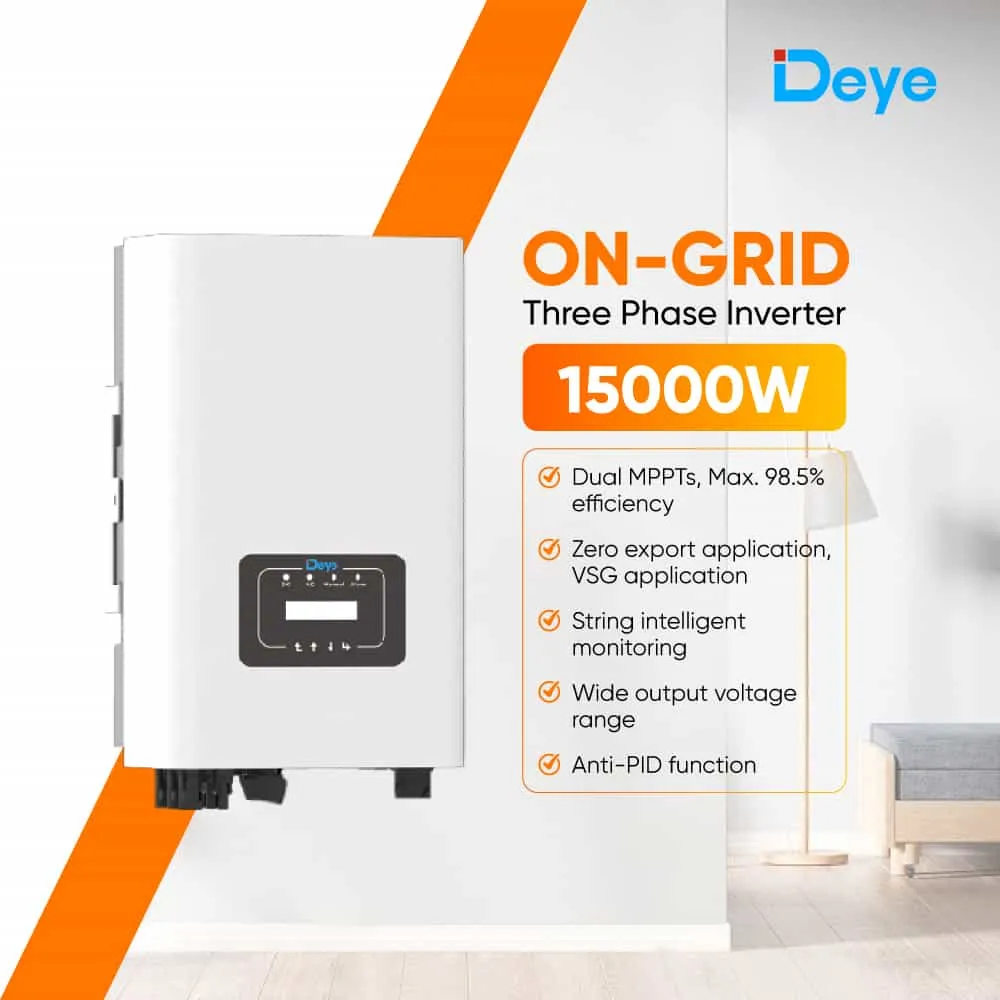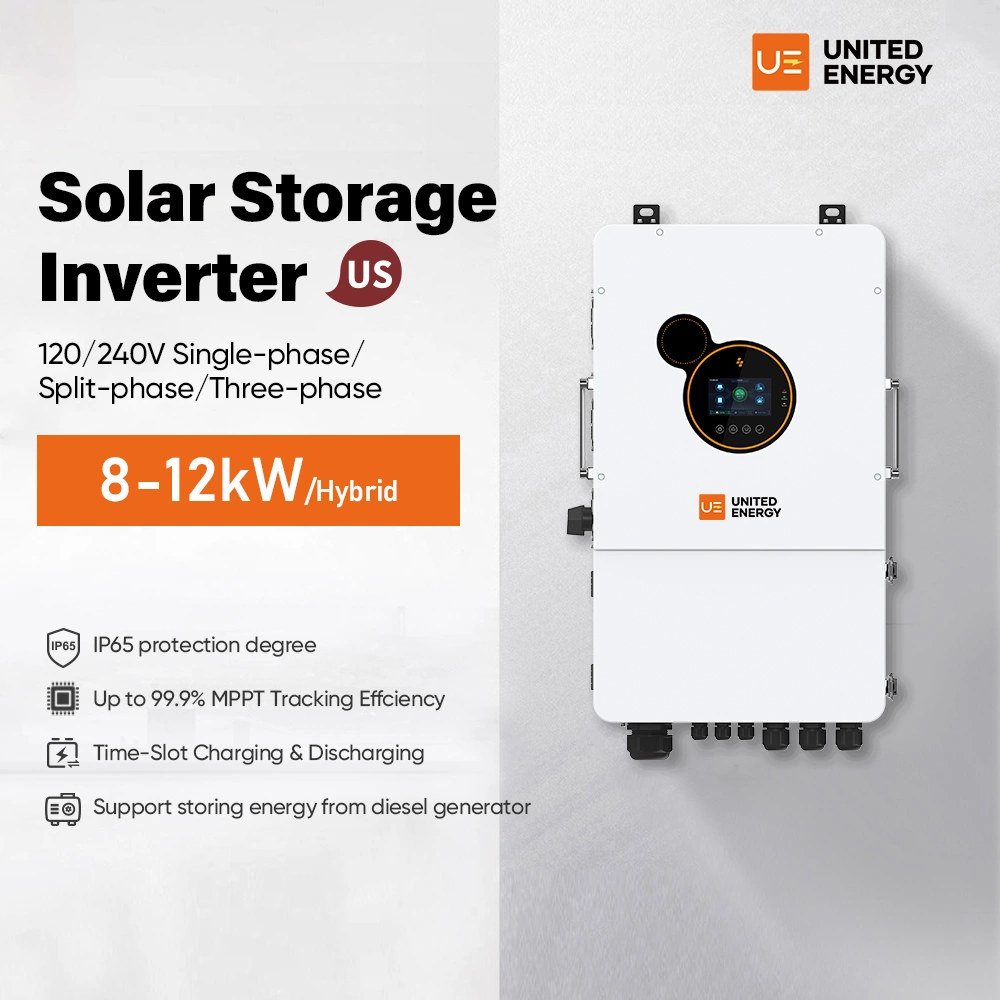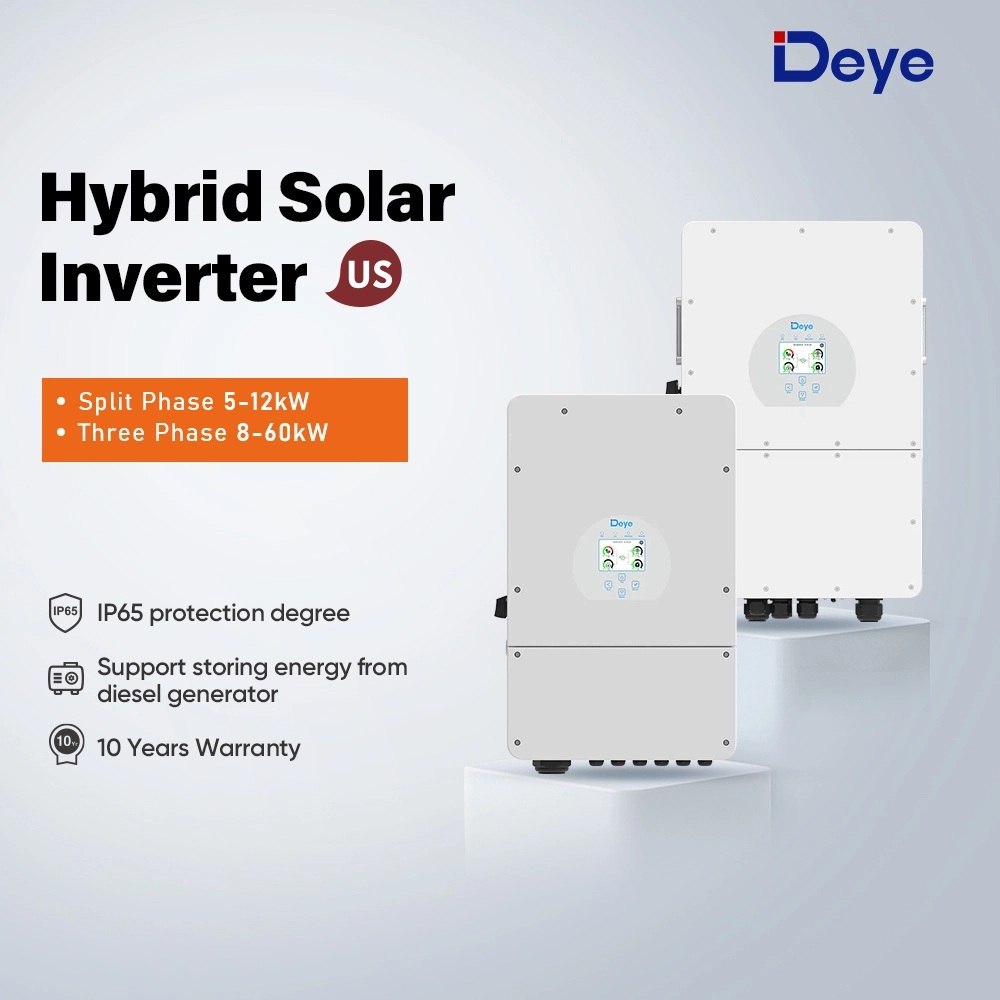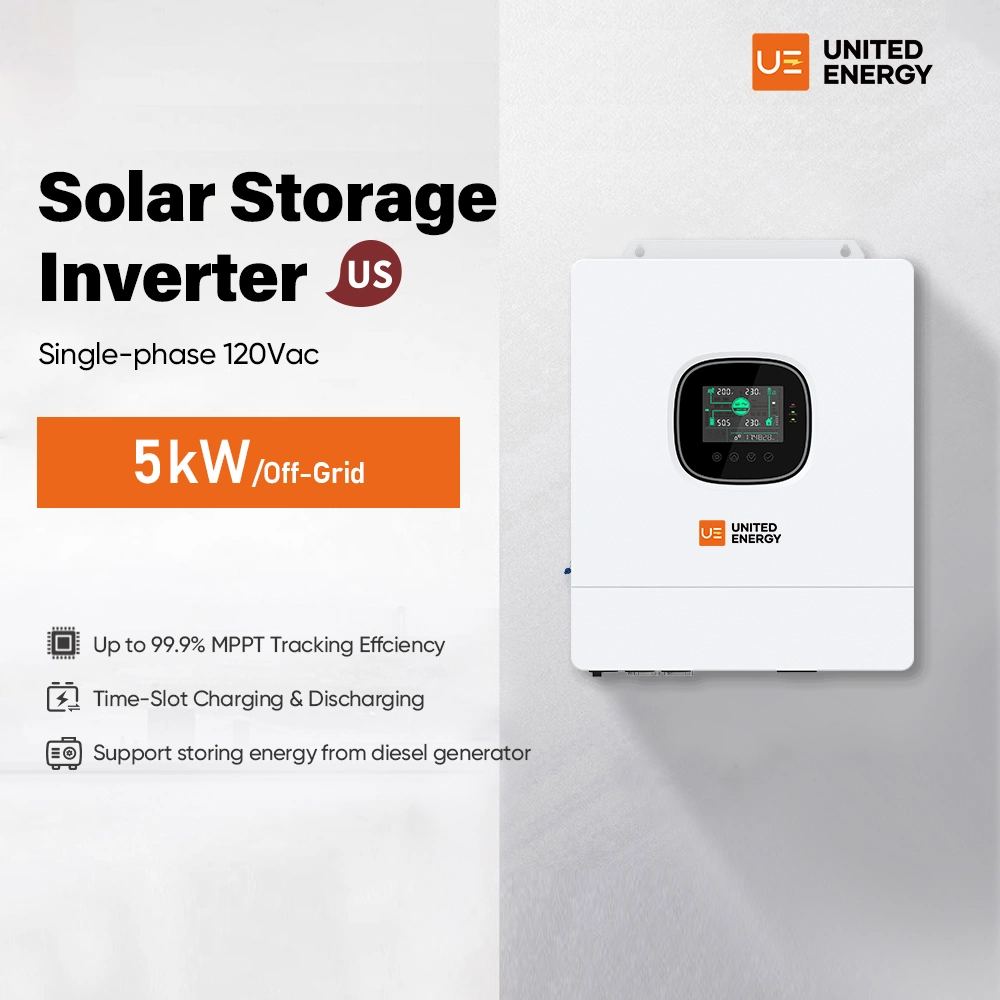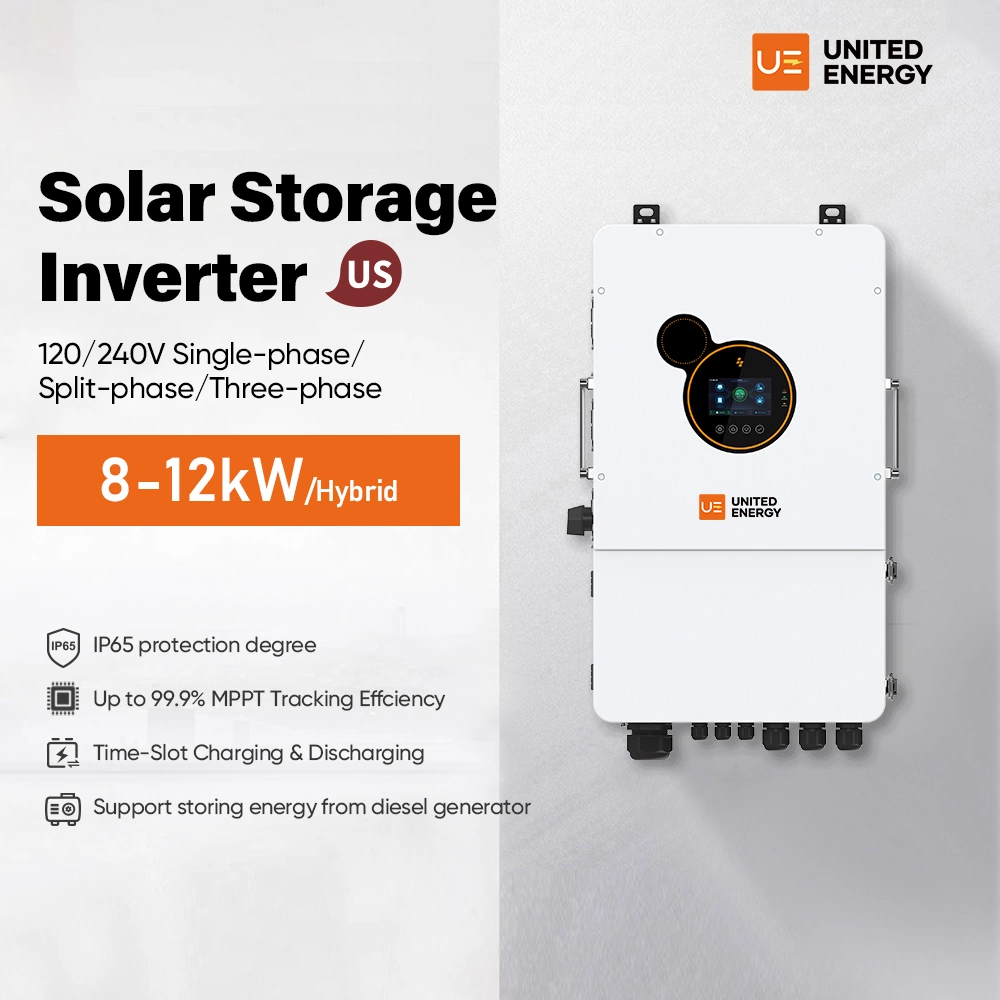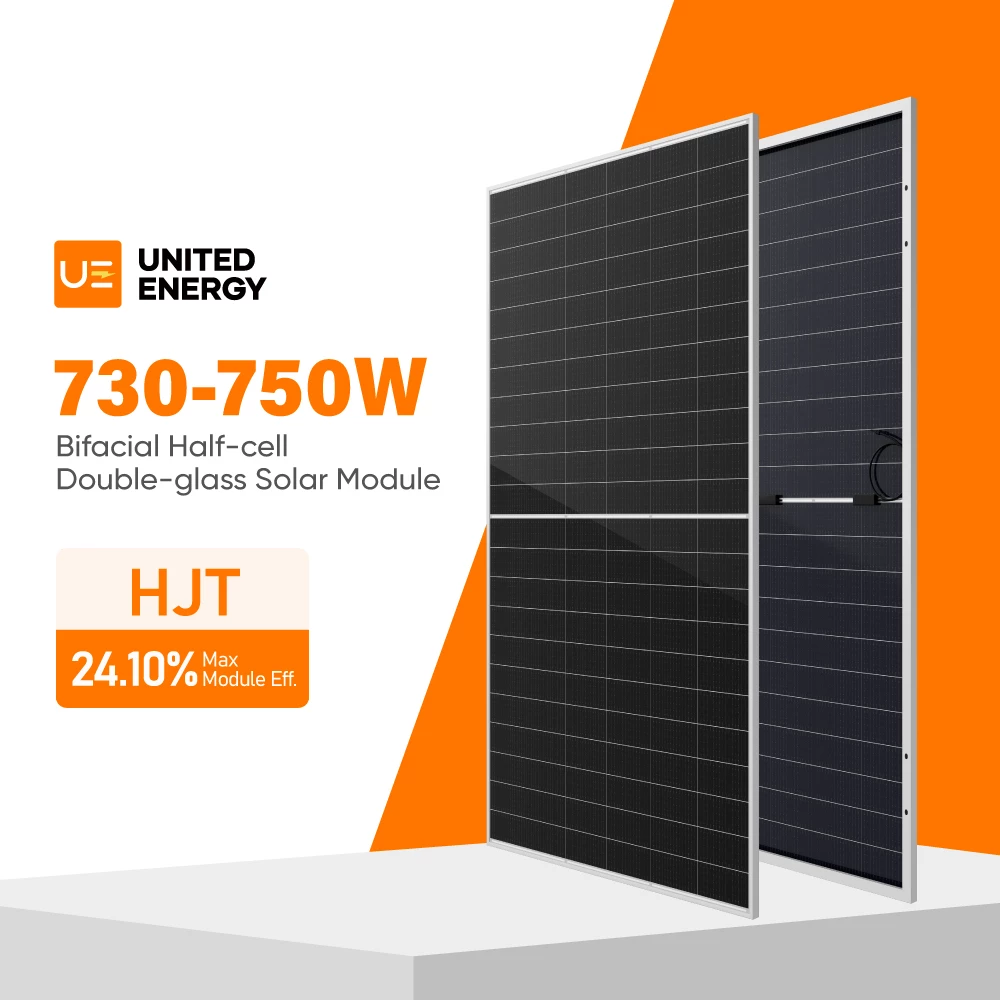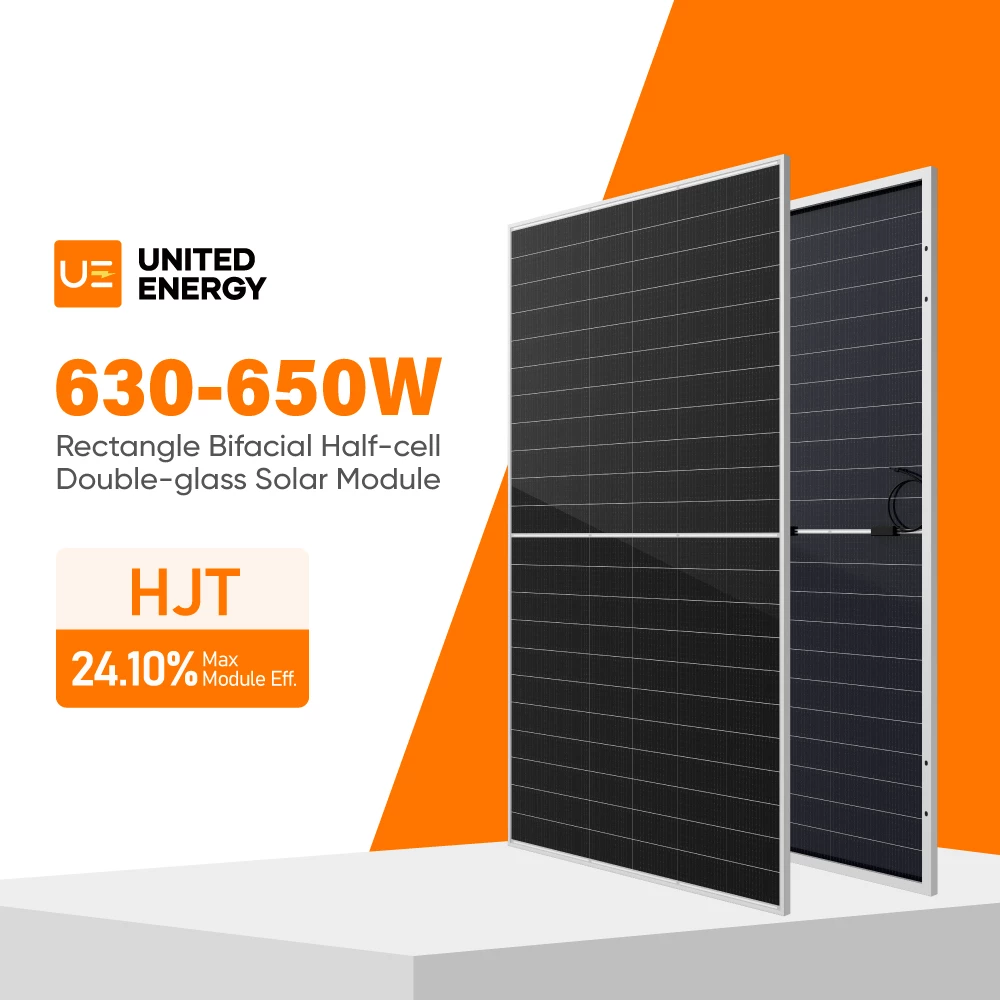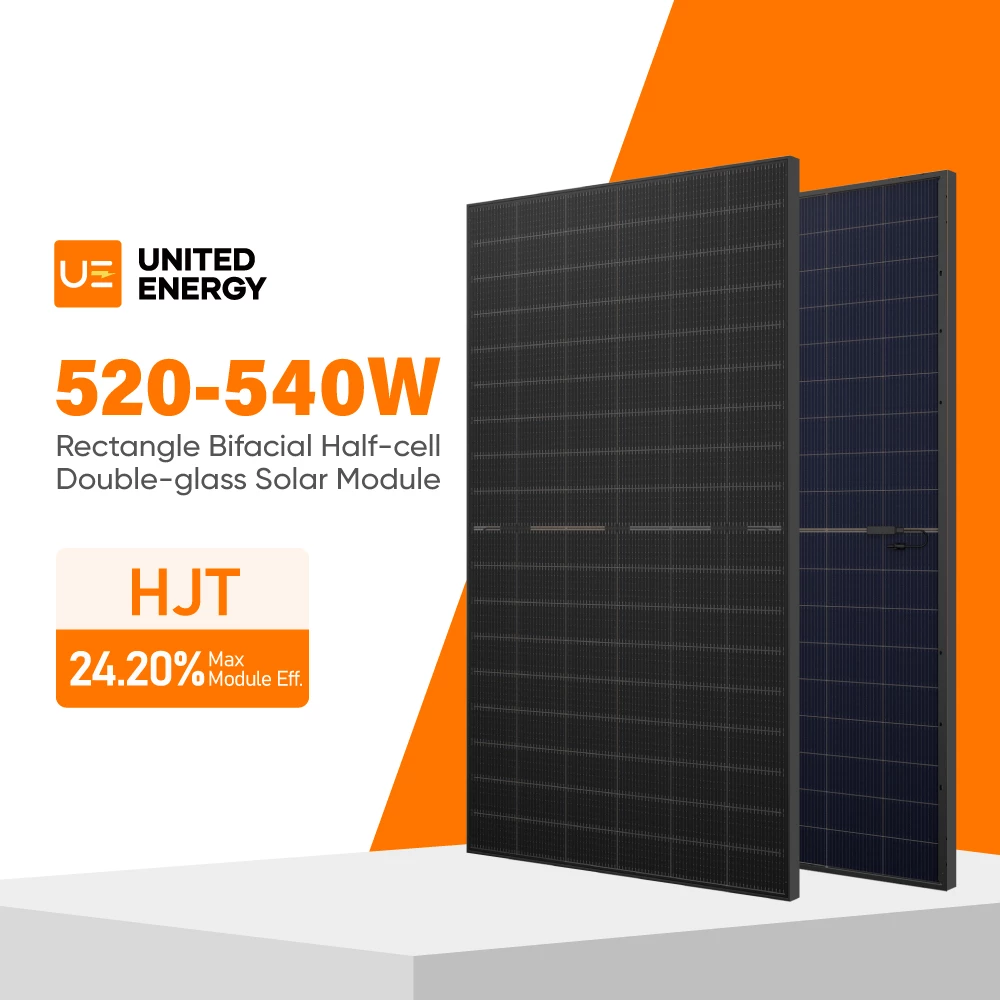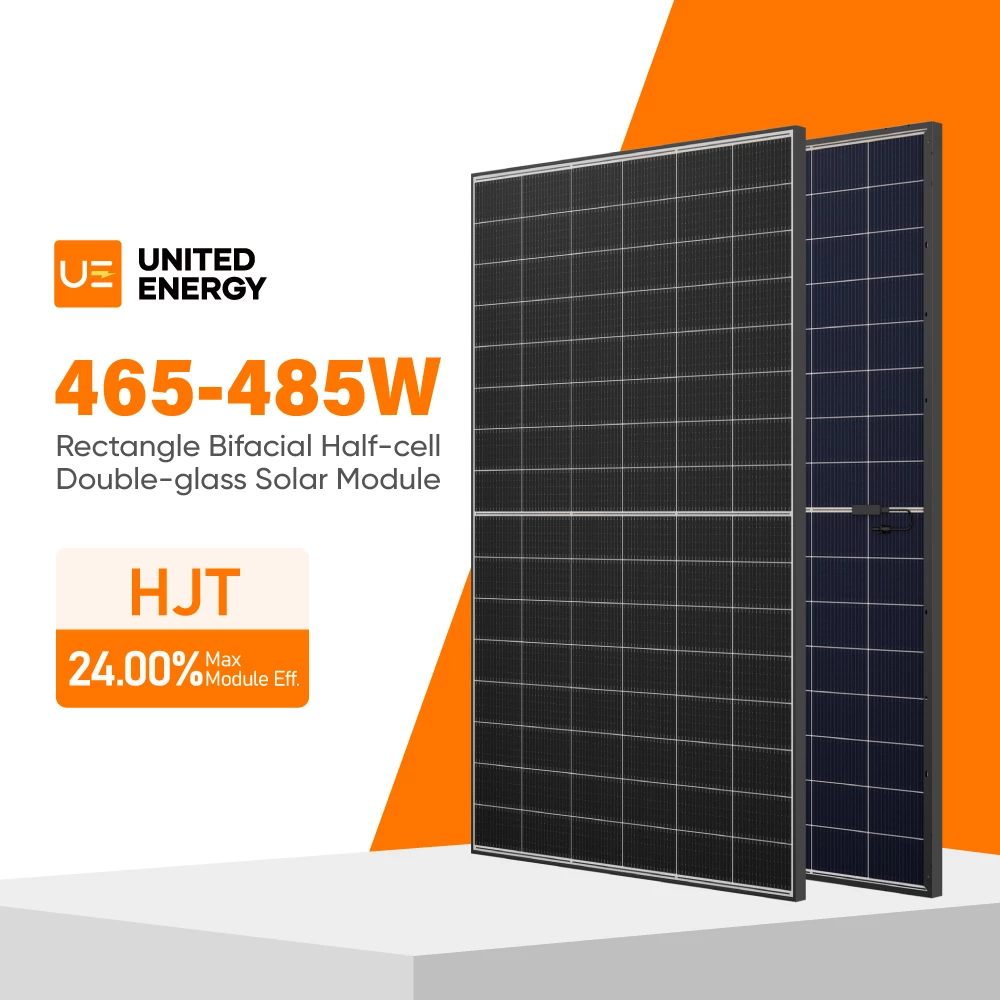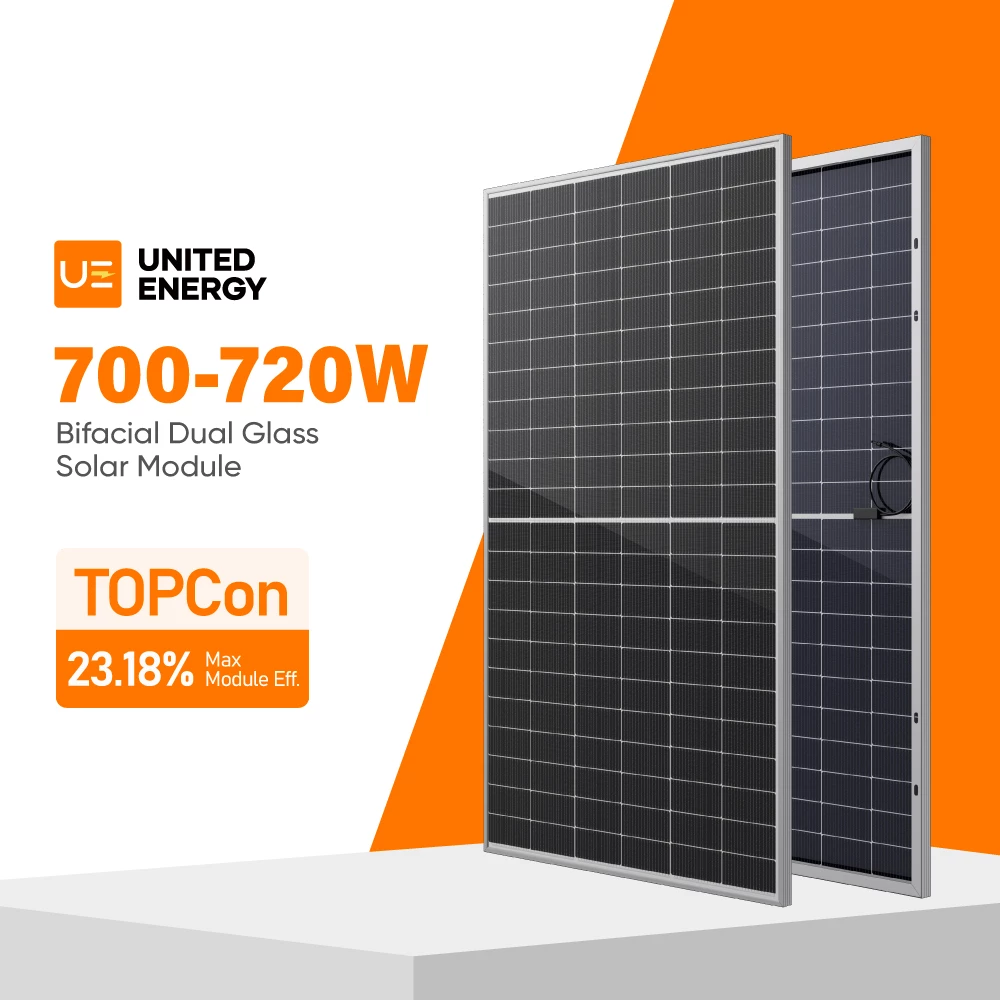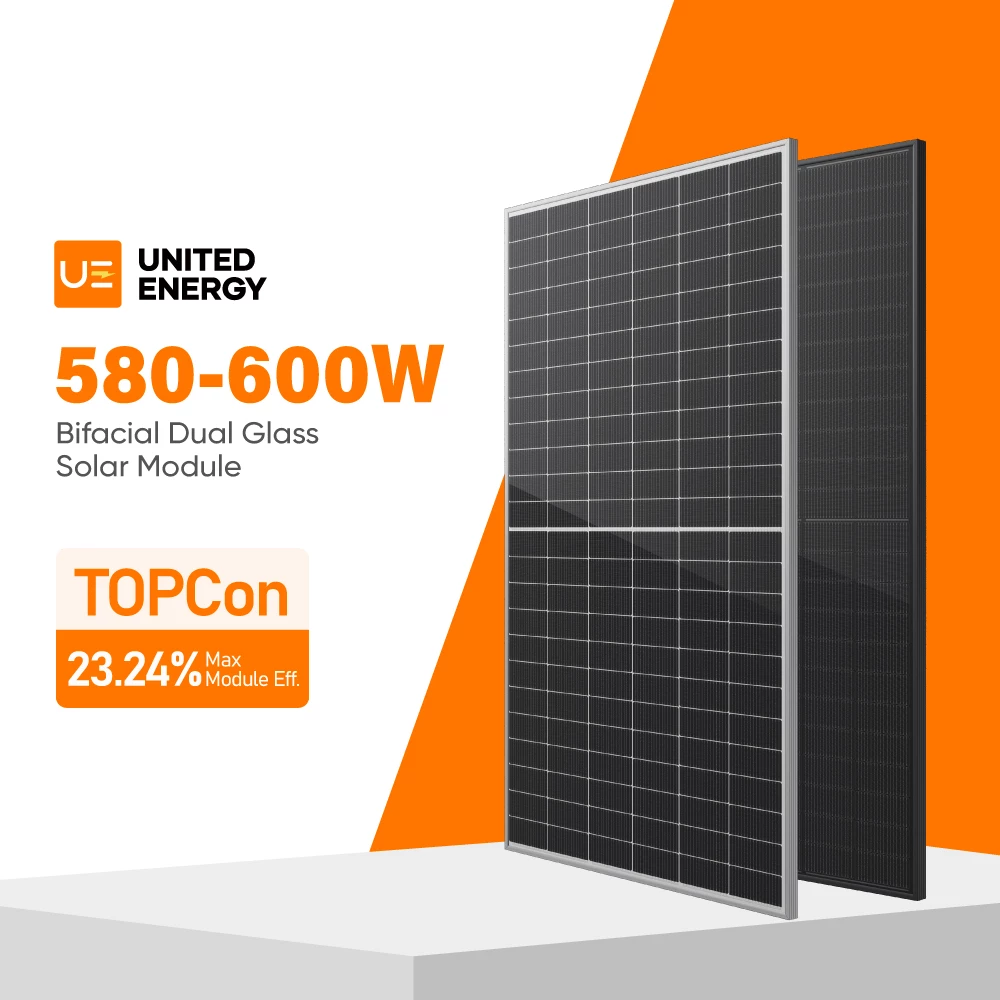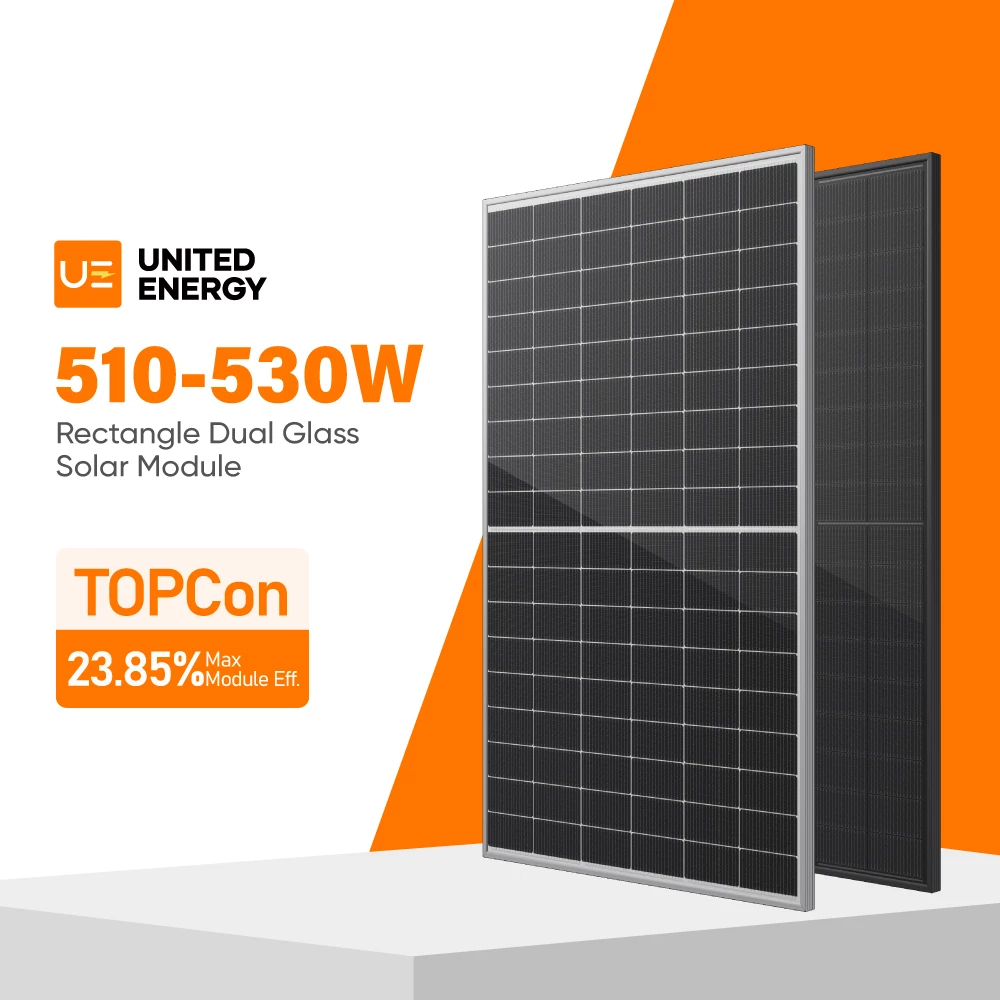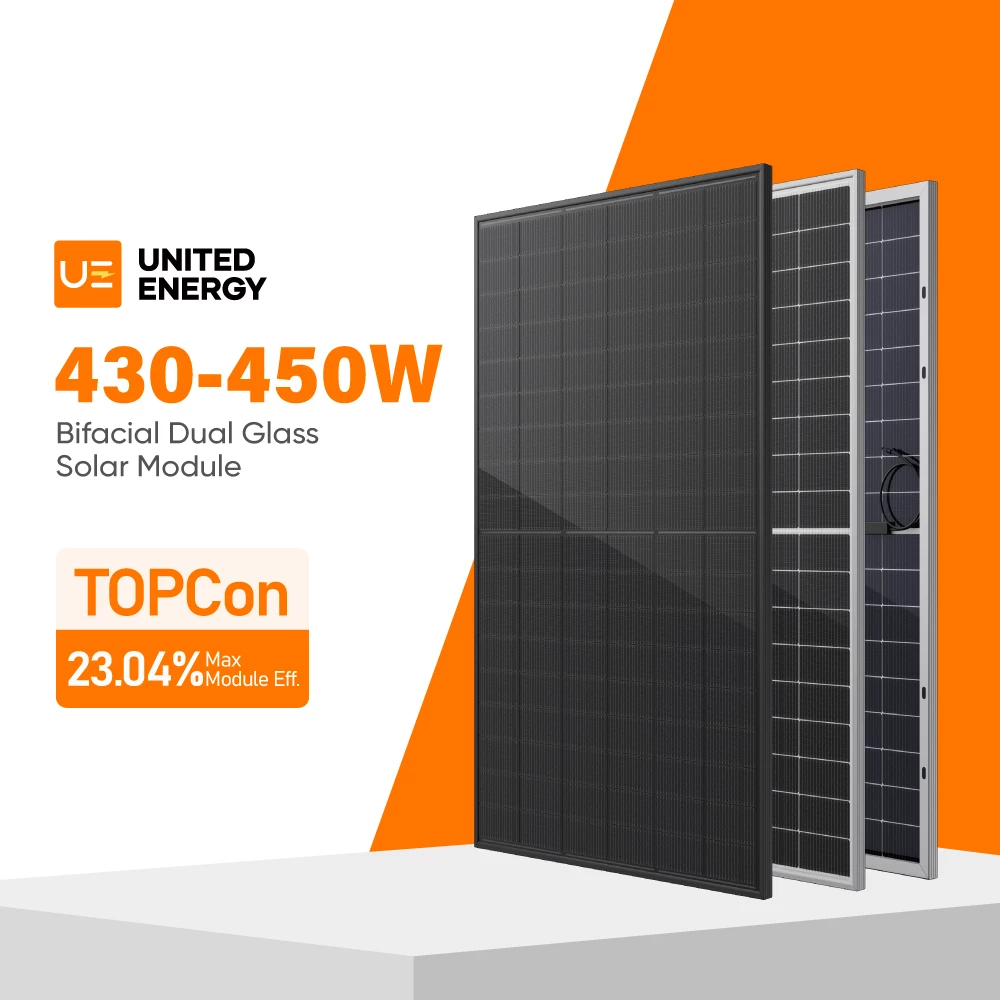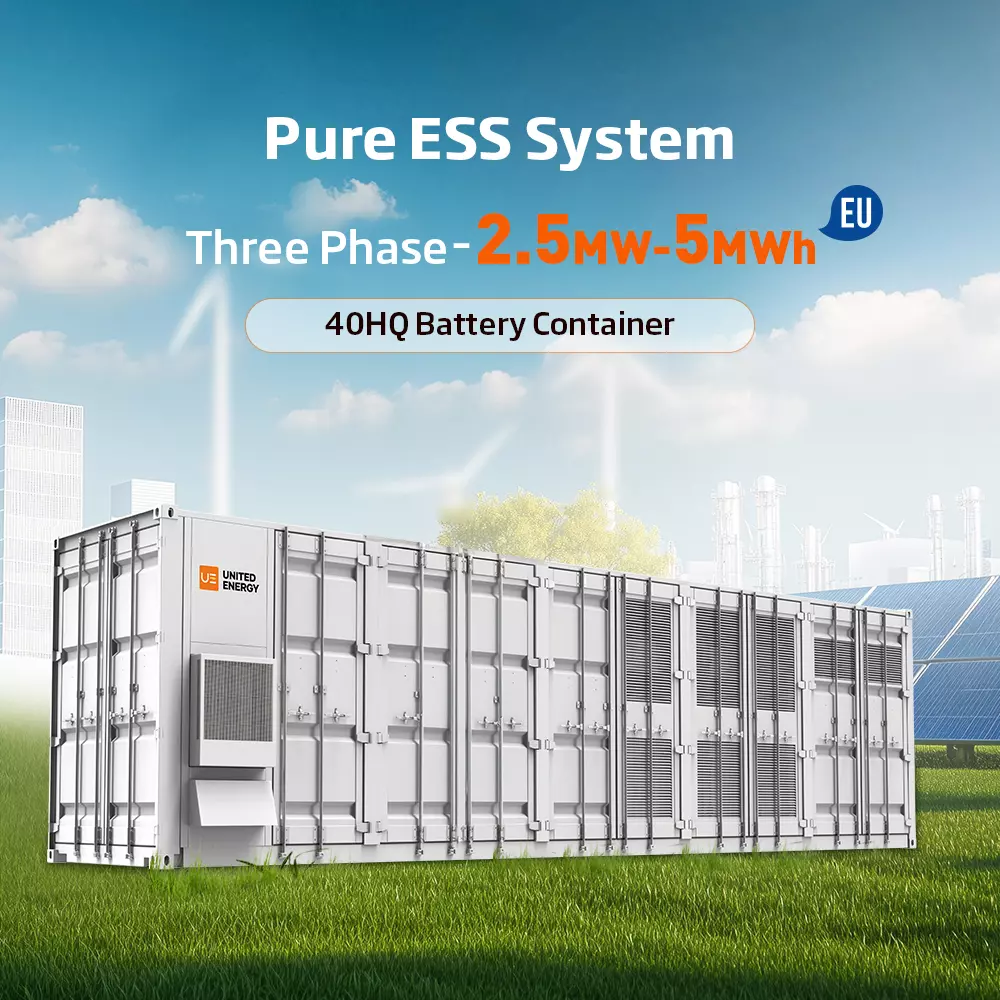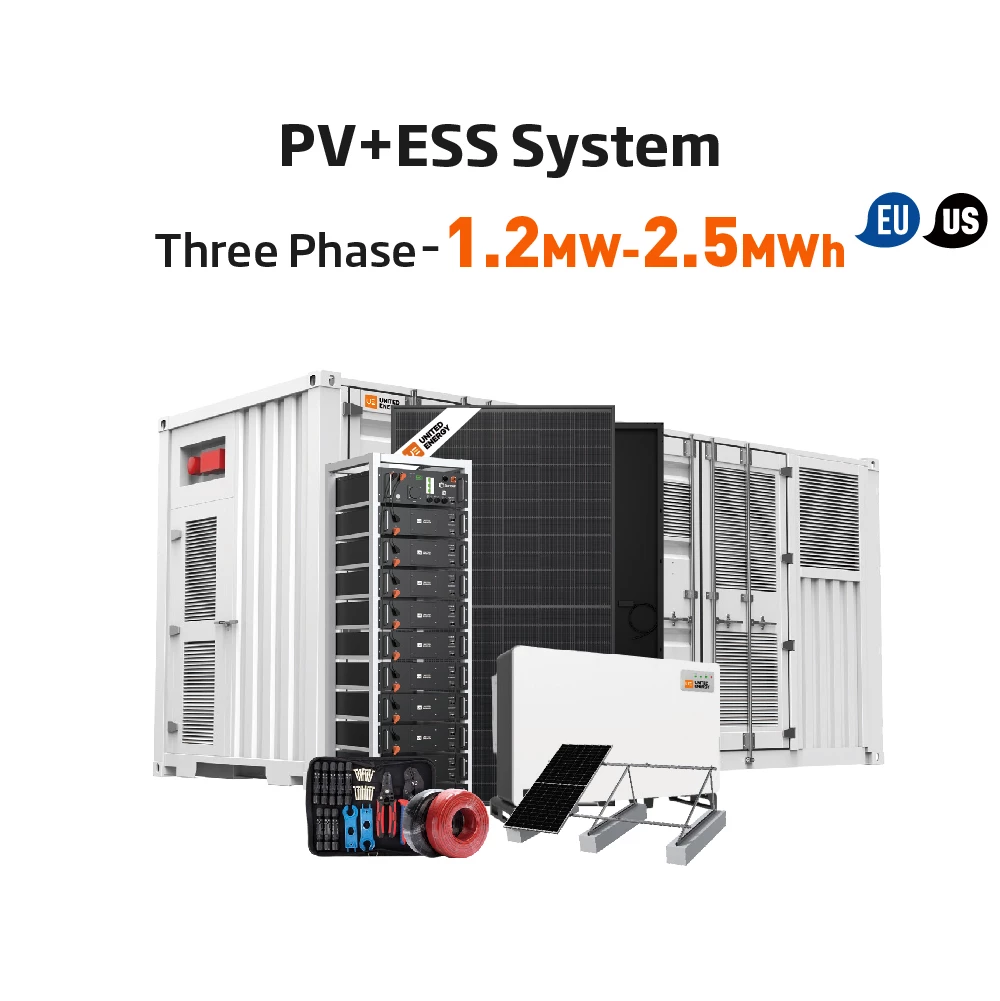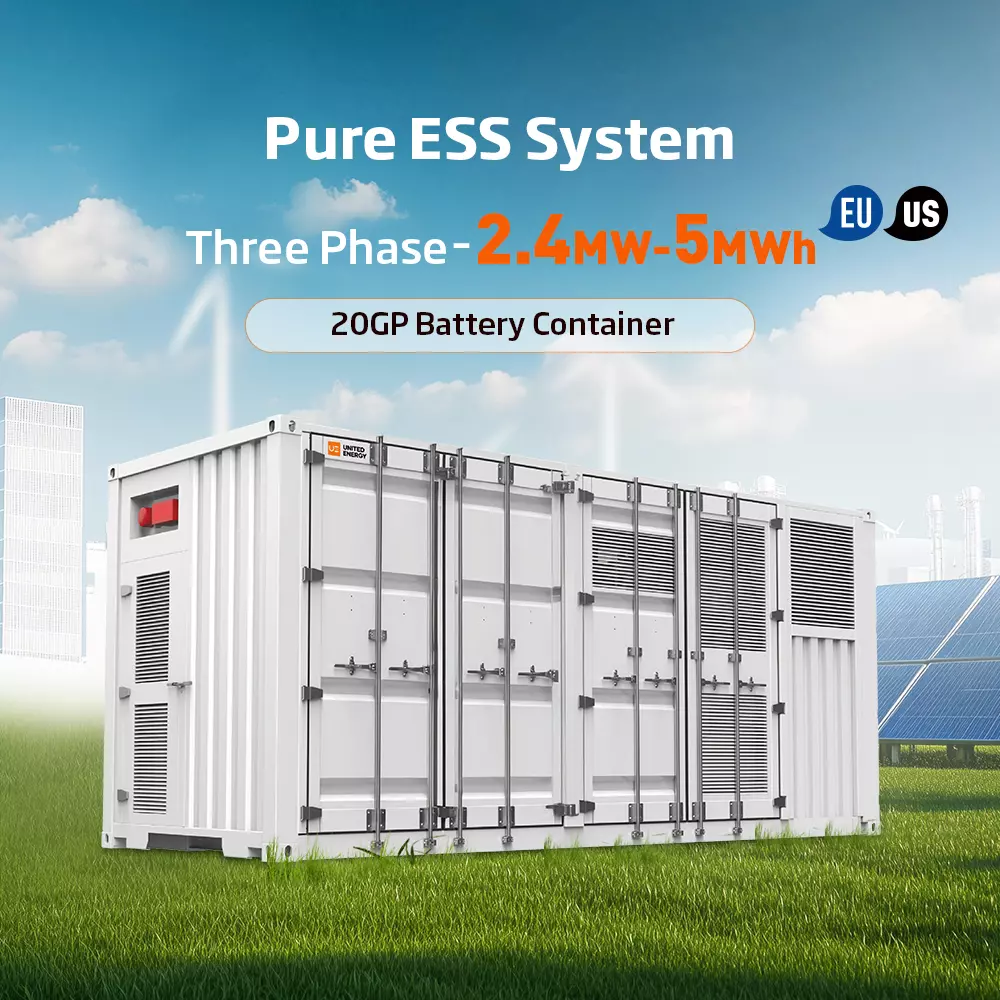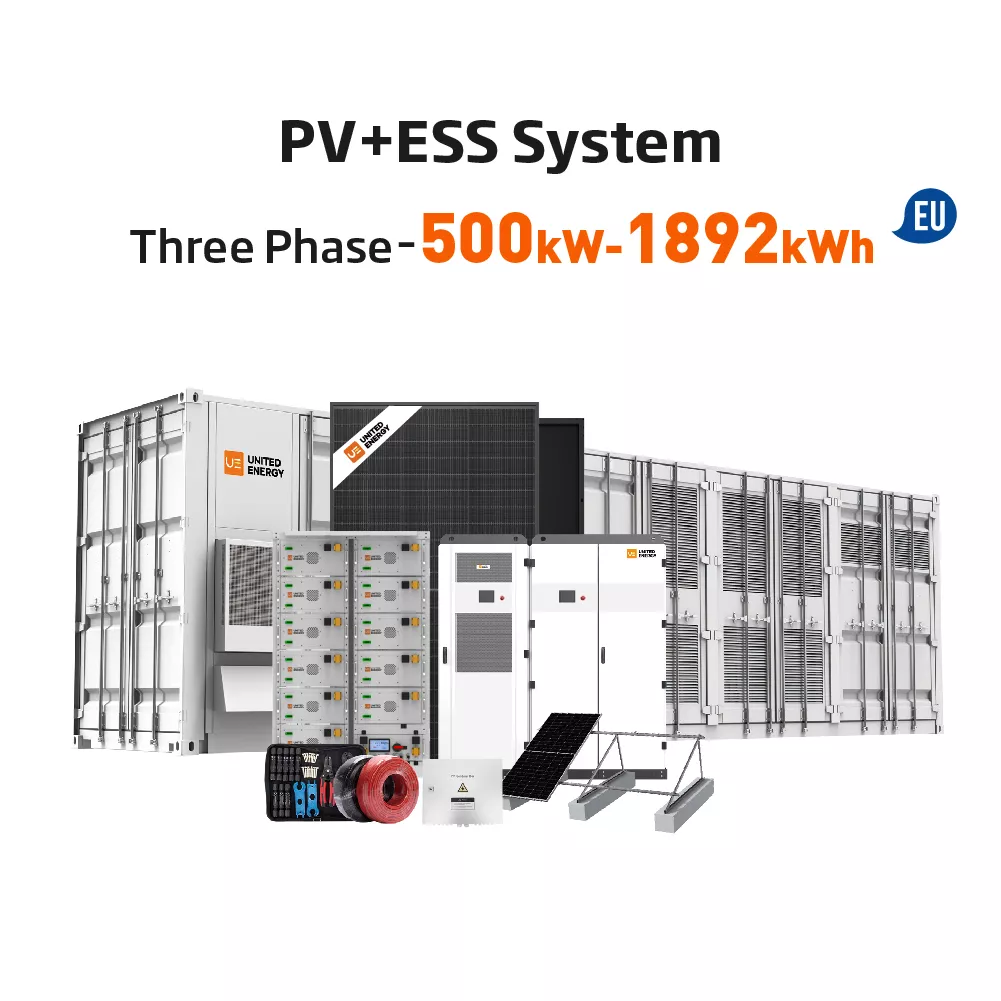In addition to solar panels, inverters, and batteries, there are two key devices that work together in a solar system: PV optimizer and rapid shutdown.
PV optimizers—the “efficiency engine”—maximize energy output through module-level regulation; rapid shutdowns—the “safety guard”—reduce PV panels DC current risks in emergencies. Together, they improve efficiency and safety in a variety of facilities, from residential to utility-scale plants. This article will detail their functions, working principles, and application scenarios. Let's explore them in detail.
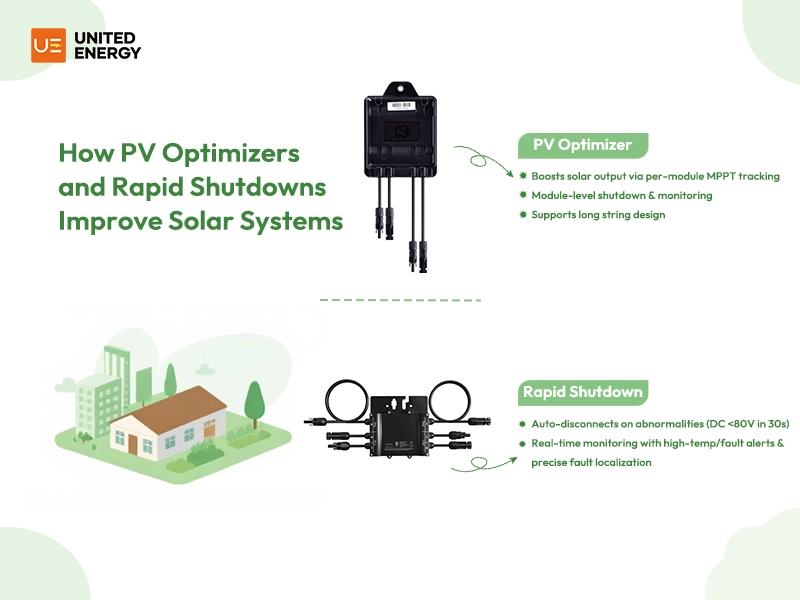
What is a pv optimizer?
PV optimizer is a DC/DC conversion power supply behind the PV modules in the solar system. It improves the power generation of the solar system by continuously tracking the maximum power point (MPPT) of each PV module. It also has functions such as module-level shutdown and module-level monitoring, and supports long string design.
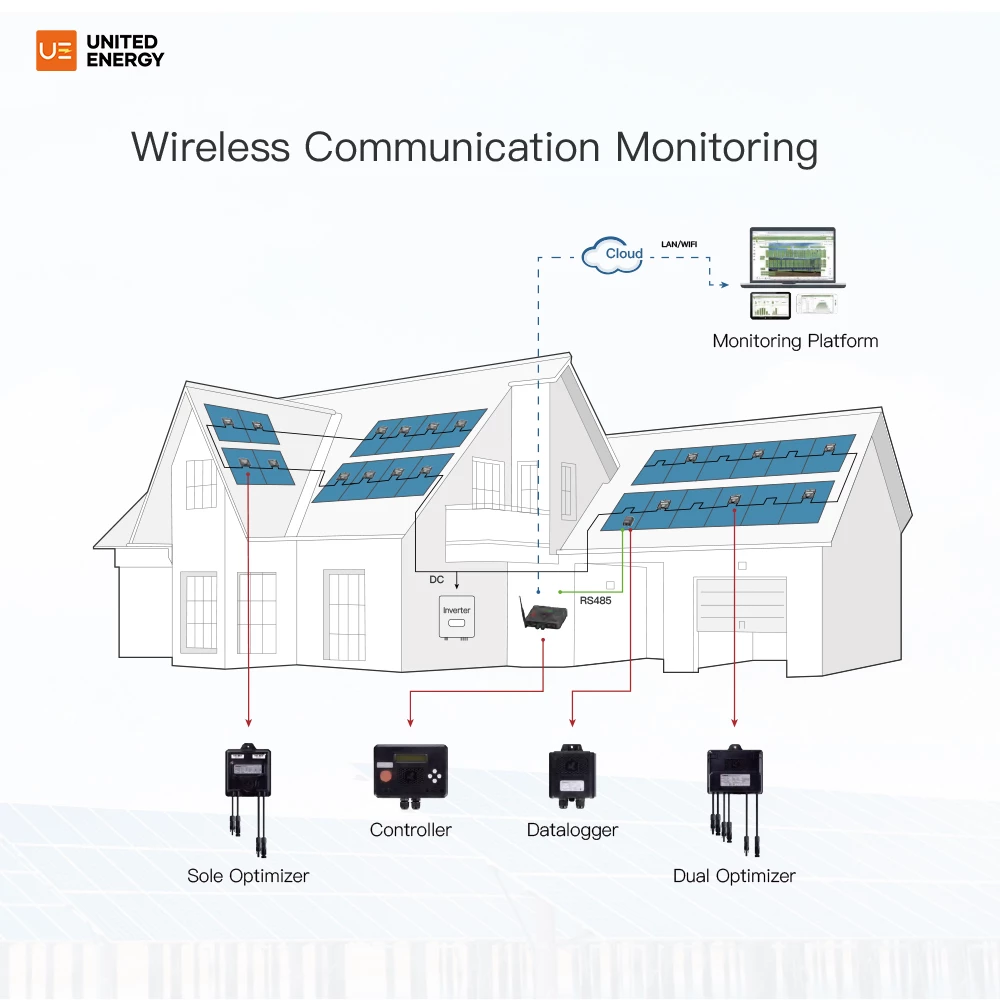
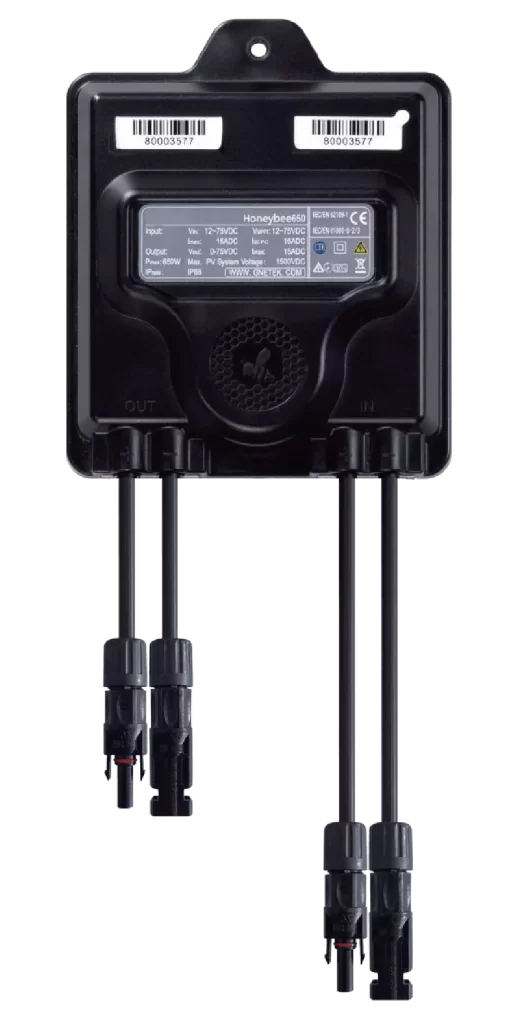
What is the function of a PV optimizer?
- Module-level MPPT function: improves the power generation of the solar system by continuously tracking the maximum power point of the PV modules, mainly to reduce the PV power decreasing effects from the irregular roof/ shadows.
- Module-level shutdown function: realizes module-level voltage shutdown. When the output is disconnected or the inverter is shut down, the optimizer can adjust the PV module output voltage to a safe range. Maximum efficiency 99.5%.
- Module-level monitoring function: The optimizer can detect the operation of the PV module and realize module-level monitoring.
- Long string: In the scenario where all PV modules are configured with optimizers, the quantity of PV modules that can be connected in a single string is bigger than the quantity of PV modules that can be connected in a traditional string.
What does an optimizer do on a solar pv system?
- Complex rooftop systems: such as roofs with partial shading (trees, chimneys) or different orientations of components.
- Upgrading of old power stations: increasing power generation without replacing solar panels.
- High-yield demand scenarios: such as commercial rooftops or distributed power plants, pursuing maximum ROI
How do pv optimizers work?
Solar optimizers are usually installed between each solar panel and the inverter (or combiner box). They convert the DC power from the solar panel into a stable DC output, which is then sent to inverter to be converted into AC power. By constantly adjusting the maximum power point of each solar panel, the maximum output of each solar panel is ensured.
what is rapid shutdown?
Rapid Shutdown is a switching device used for the safety protection of a solar system. Its core function is to quickly cut off the circuit connection between the PV modules, ability to reduce the voltage of the PV panel to a safe level (e.g., below 30V or 80V) in a short period (usually within 30 seconds).
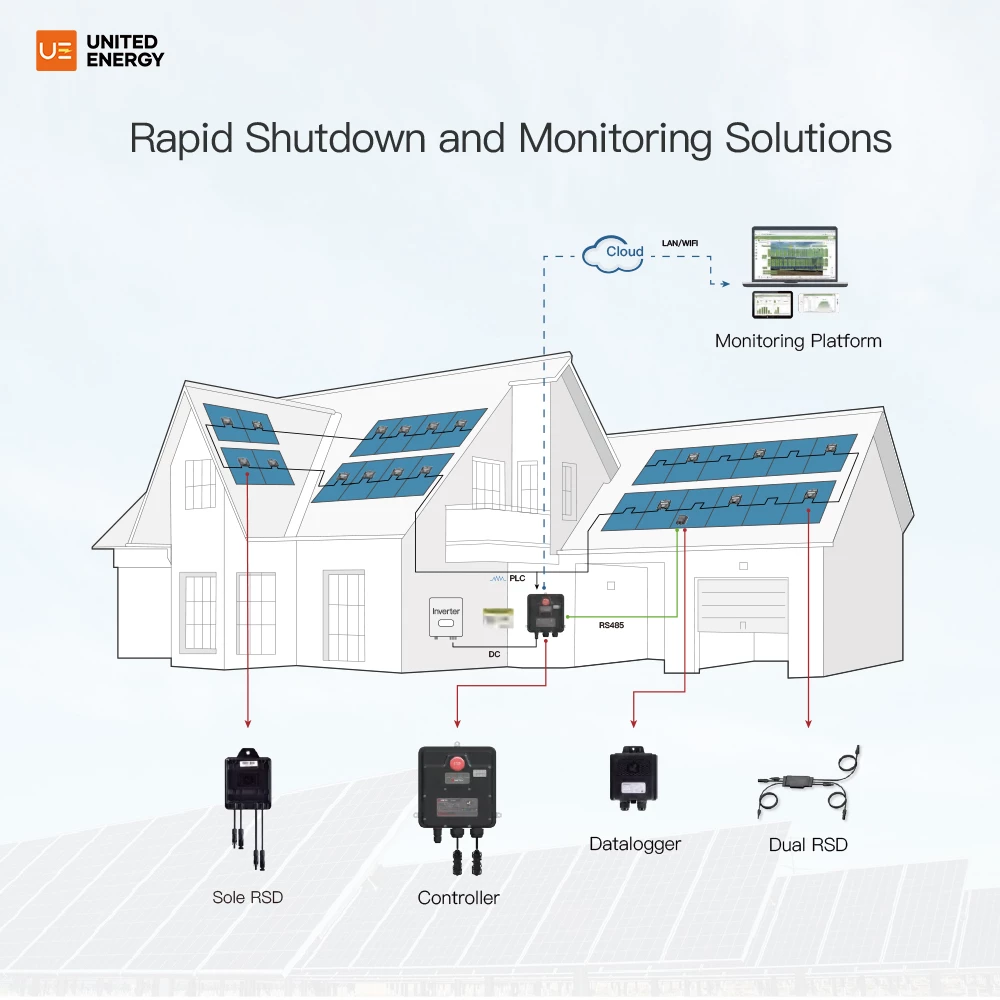
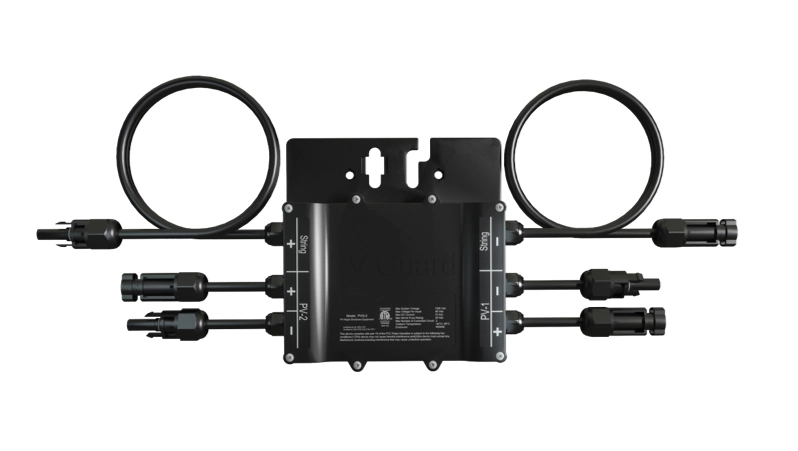
What is the function of a Rapid Shutdown ?
- When an abnormal situation occurs in the solar system, the solar panel array automatically disconnects quickly, and the DC voltage drops below 80V within 30 seconds, solving the potential danger of DC high voltage in the solar system.
- Real-time control of the power station operation, Accurately obtain data in every minute, automatic high temperature warning, automatic fault warning, and accurate positioning of the fault point.
- The maximum input current is 20A, which is suitable for all high-power solar panels on the market. Applicable to almost all brands of string inverters.
- Small size, plug-in installation with solar panels, simple and convenient. Easily achieve expansion and modification.
What is rapid shutdown for solar?
- In residential, school, and hospital, people may come into close contact with the solar system. A circuit breaker is required to reduce the risk of electric shock during fire or maintenance, and reduce the voltage outside the boundary to below 30V within 30 seconds.
- Large ground-mounted power stations: used for regional rapid shutdown to improve operation and maintenance safety.
- Emergency response: rapid isolation in the event of fire, lightning strike or equipment failure.
How does solar rapid shutdown work?
The working principle is to monitor the trigger signal in real time, control the power switching device to cut off the DC circuit, and ensure that the voltage quickly drops to the safety threshold through closed-loop feedback. It also supports communication and reset functions to achieve full-process safety control of "trigger - shutdown - monitoring - recovery".
Conclusion
PV Optimizer and Rapid Shutdown are two sides of the same coin in modern solar system design: one that drives performance to its peak, the other that protects against potential risks. As solar installations become more widespread and regulatory standards, especially in terms of safety protocols, become increasingly stringent, their integration is no longer a nice-to-have, but a necessity.
Not only do they increase energy production and ROI, they also set new standards for safety and reliability, powering the next generation of efficient and safe solar systems.

